The census of 1861 in Scotland took place on Sunday 7 April. In addition to the 2636 residents and visitors staying in dwellings in Largo Parish, there were also a number of people recorded on the boats at Largo Harbour at midnight that evening. Their details were recorded separately on the Shipping Census Returns (special schedules for vessels). In 1861 all returns from the Royal Navy and from merchant vessels were recorded at the end of the census series, but after that vessels in home ports are listed at the end of the districts where they were moored, and only those in foreign waters are grouped together at the end of the series. So, the 1861 records list shipping returns separately and in alphabetical order, with Largo recorded being listed between those for Kirkcaldy and Newburgh.
At midnight on 7 April there were 3 occupied ships in port at Largo, with a combined total of sixteen persons on board:
Adelaide - Sloop 52 Tons, registered at Wick, Official No. 17655, with 4 persons on board;
Blessing - Smack 26 Tons, registered at Peterhead, Official No. 8961, with 3 persons on board;
Wesleyan - Schooner 75 Tons Registered at Goole, Official No.19013, with 9 persons on board.
A sloop is a single masted vessel with a fore and aft mainsail plus one or more headsails (some also carried a square sail). A smack is a fully decked, single masted vessel (sometimes an ex fishing vessel), of typically 40 to 60 feet in length. It is gaff rigged with a large mainsail. The design helped them to operate in shallow waters. A schooner has two or more masts with fore and aft rig plus one or more square topsails, plus one or more Jibs forward of the mast.
Here's some further information about the three ships and the people on board who were transient residents at Largo:
Adelaide
Donald Loutit - Ship Master aged 41, born in Thurso
James Simpson - Mate, aged 23, born in Thurso
David Bremner - AB Seaman, aged 42, born in Thurso
John Loutit - Boy, likely son of the Master, aged 17, born in Thurso
There is little information readily available about the Adelaide, aside from the occasional fleeting mention in the newspaper shipping intelligence, such as the note below from the 29 June 1861 Dundee Courier, when she carried sawn fir timber back into Wick. Donald Loutit lived until 1894 (aged 73) and his son John until 1928 (aged 85).
Blessing
William Buchan - Ship Master, aged 28, born in Lonmay
John Reid - Mate, aged 31, born in Rafford
William McLean - Ordinary Seaman, aged 16, born in Peterhead
The Blessing was built in 1793 at Brixham. Eventually moving to Peterhead, this vessel operated up and down the east coast, calling frequently at places like Dundee, Montrose, Leith, Kirkcaldy, Anstruther, Wemyss and St Andrews with cargoes such as coal, wood, oats, flour or manure (see example below from 22 March 1861 Montrose Review). This hardy boat lasted almost a century being broken up in 1887.
Wesleyan
Jonathan Russell Green - Ship Master, aged 38, born in Yorkshire
Charles Sturdy - Mate, aged 36, born in Yorkshire
William Keevil - Seaman, aged 17, born in London
Esther Green - Master's wife, aged 38, born in Warwick
Ada Green - Master's daughter, aged 13, born in Yorkshire
Ephraim Green - Master's son, aged 12, born in Yorkshire
Johnathan R Green - Master's son, aged 4, born in Yorkshire
James Wm Green - Master's son, aged 2, born in Yorkshire
Rueben Green - Master's son, aged 7 months, born in Yorkshire
Jonathan Green's family likely often accompanied him on his travels by sea. It was an unorthodox lifestyle and not without its challenges and risks. The whole family were with him on the Wesleyan when it met its end the following year. The Wesleyan had been built in 1846 in Knottingley. It foundered at Beachy Head in October 1862, while bound for London with a cargo of stones. The news report below, which appeared in many newspapers around the country, details the incident in which the vessel was lost. Ship master Jonathan Green was saved along with his crew and his wife and six children (the youngest of whom was only six months old).
Despite their fortunate escape on that occasion, there was ultimately no happy ending for the Green family and in particular for Esther, the wife of Jonathan. The piece below from the 13 July 1891 York Herald tells us that her husband deserted her some time prior to 1876, at which point he ceased giving her any support at all. The "heartless sea captain" passed away in 1894.

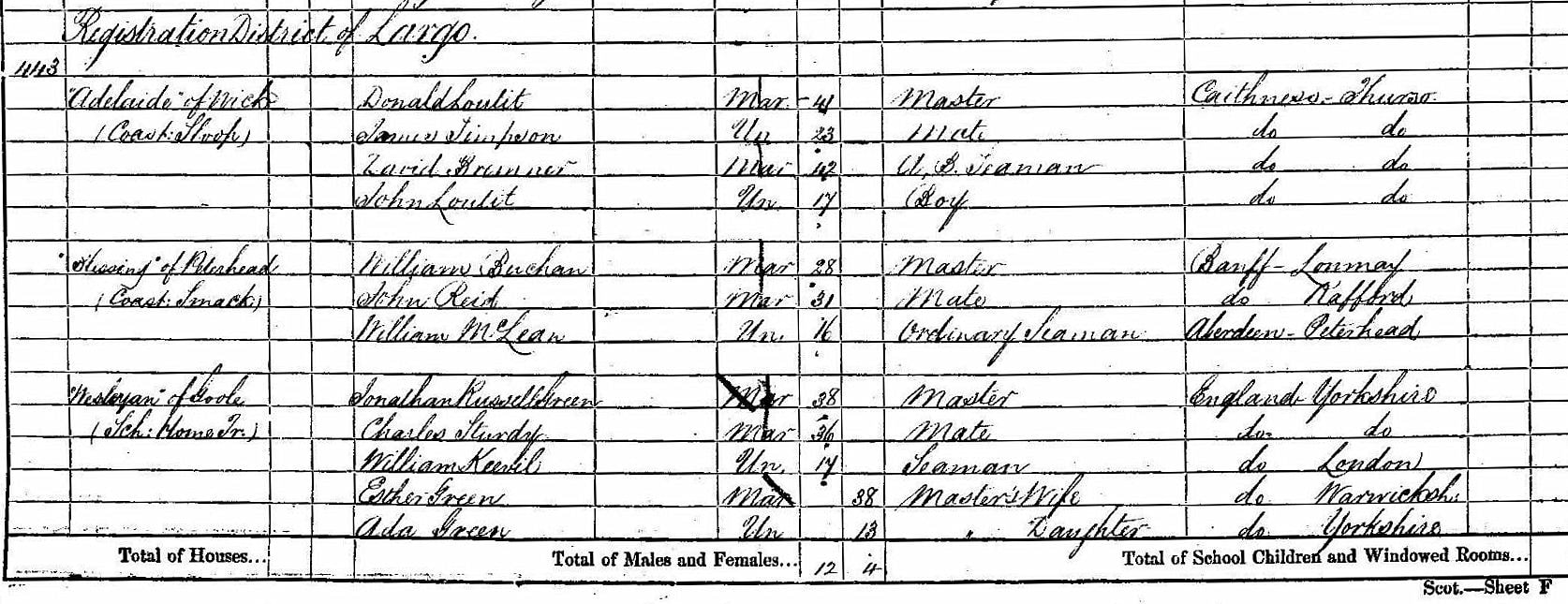

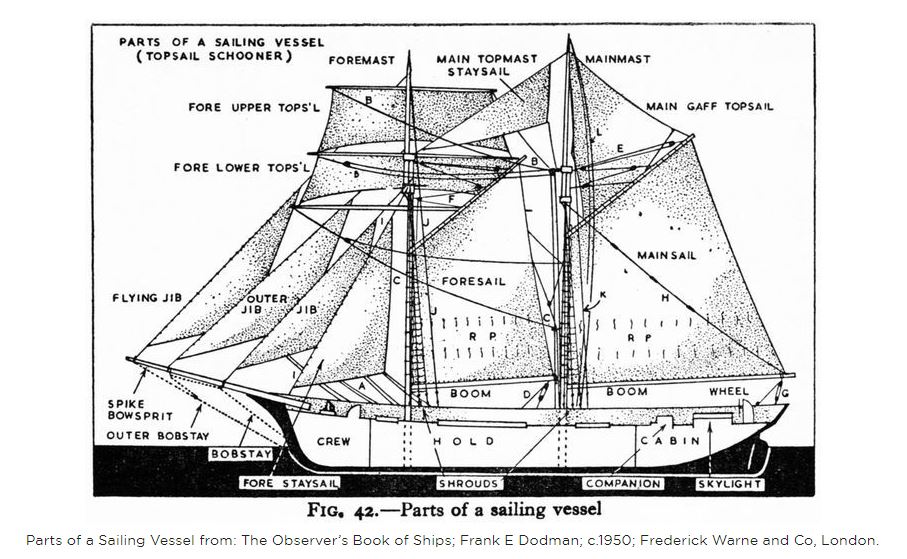

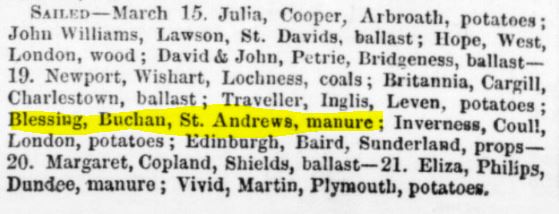







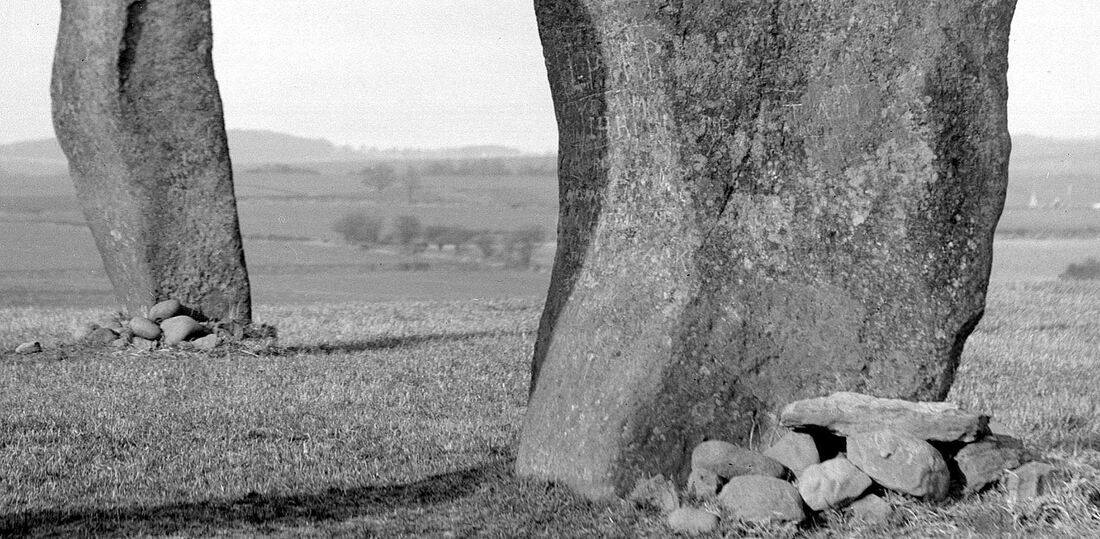
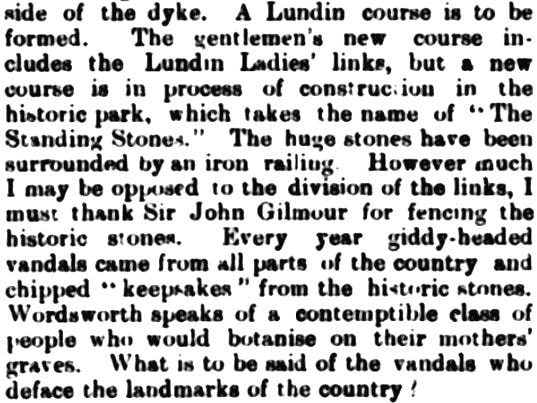

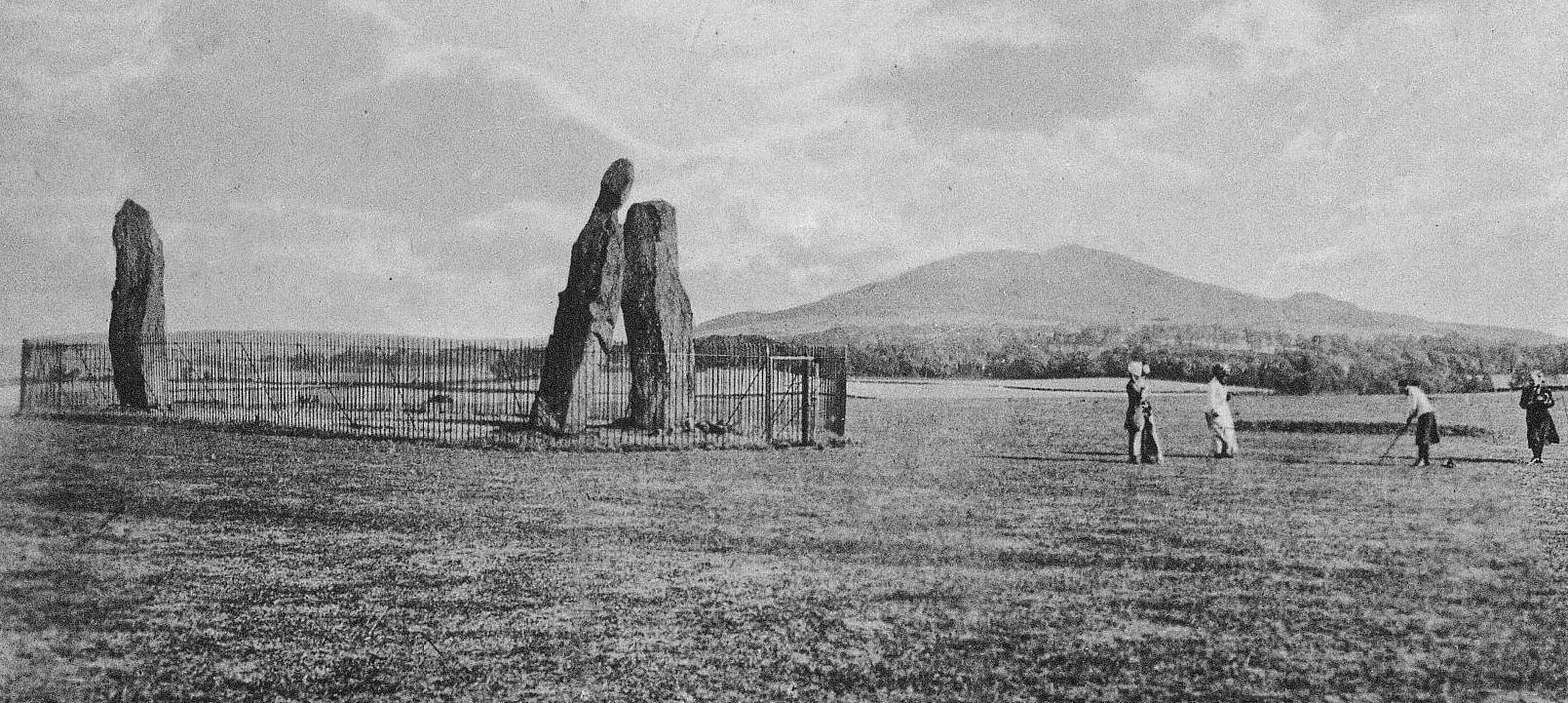
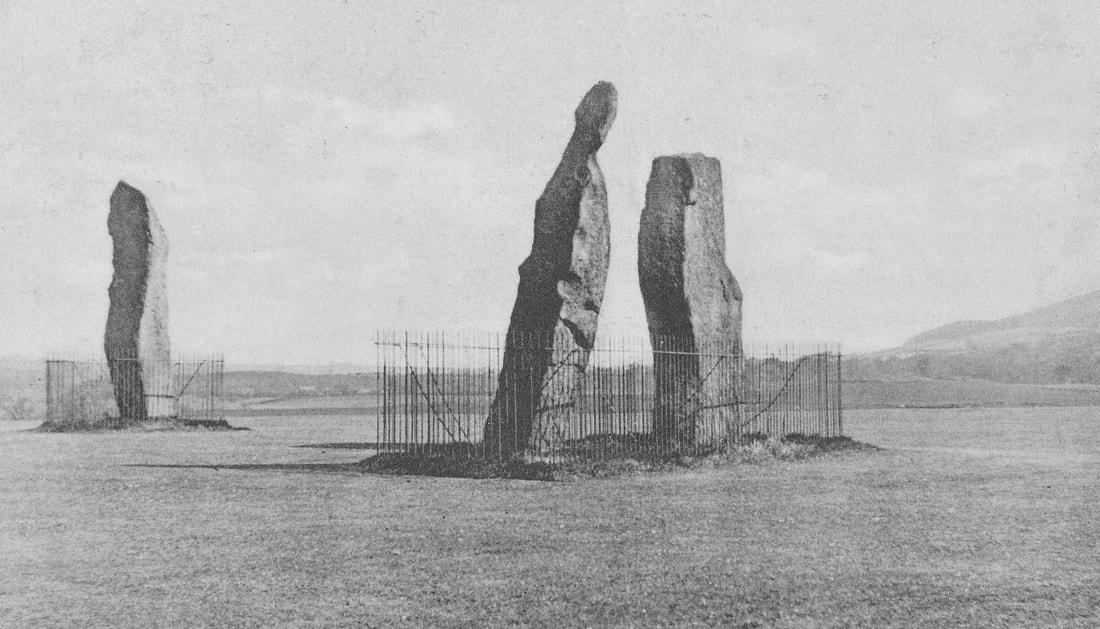

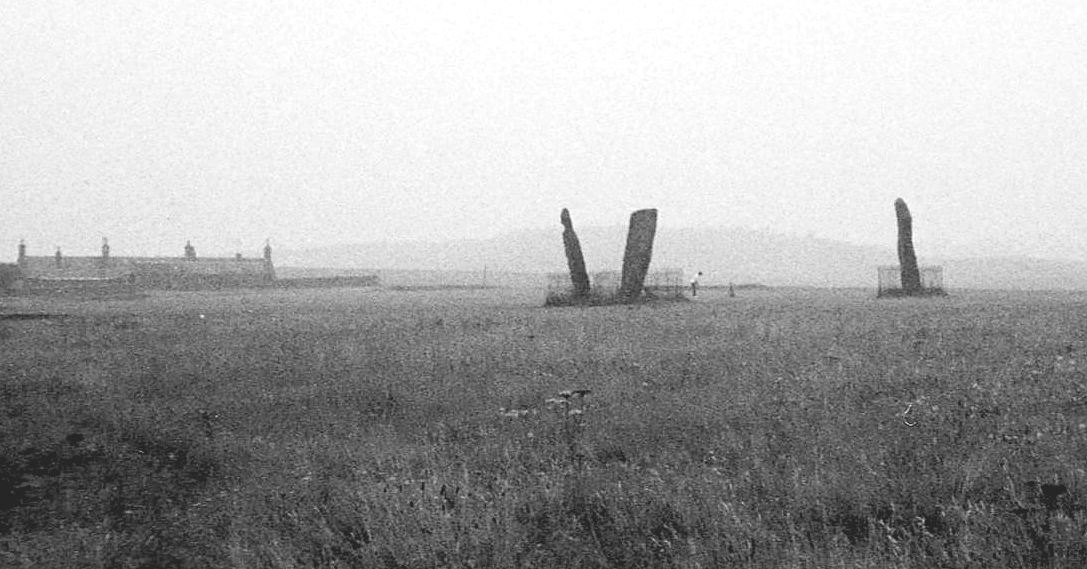

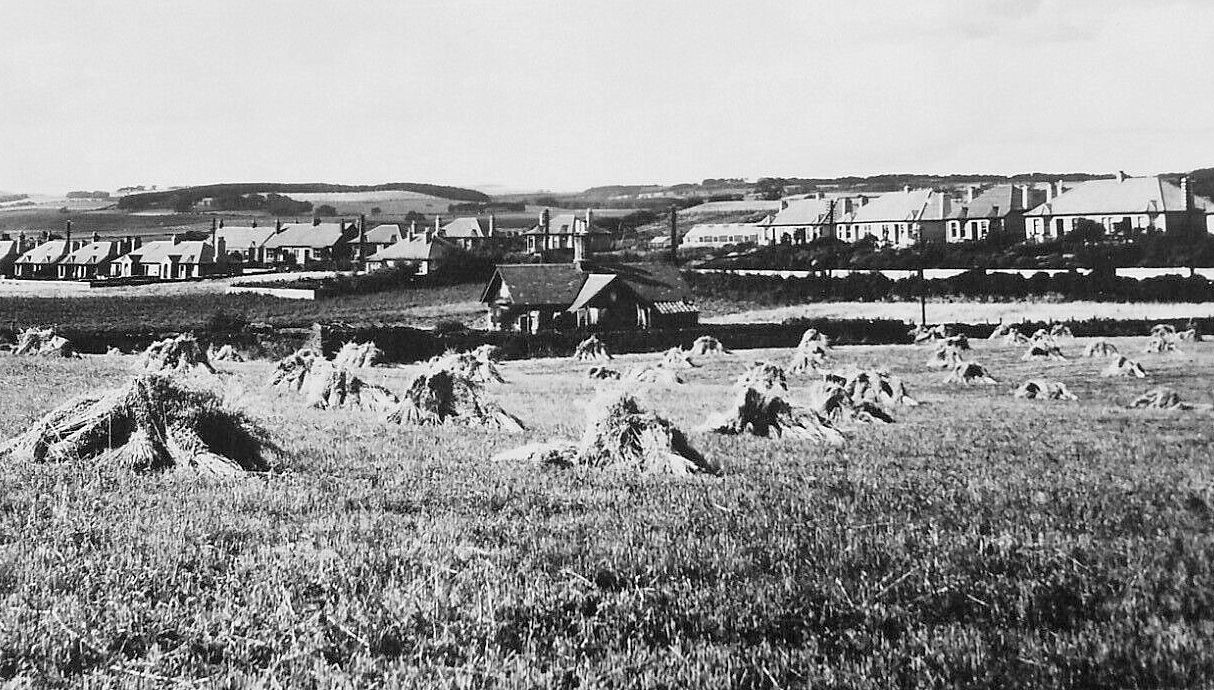
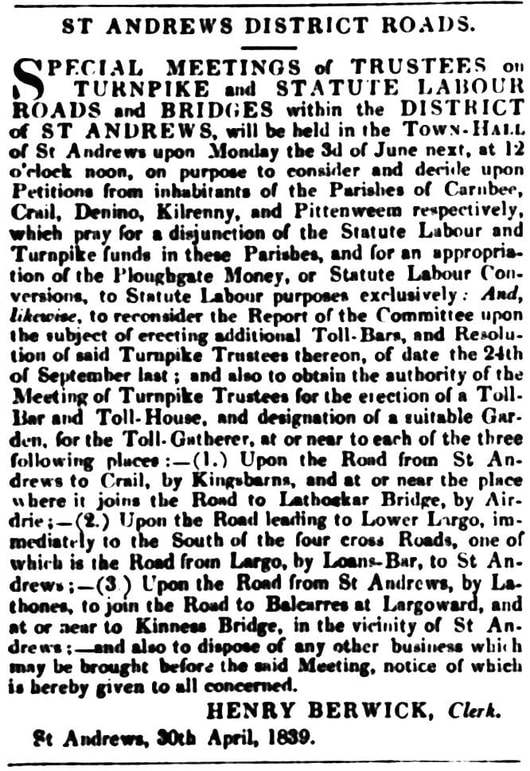
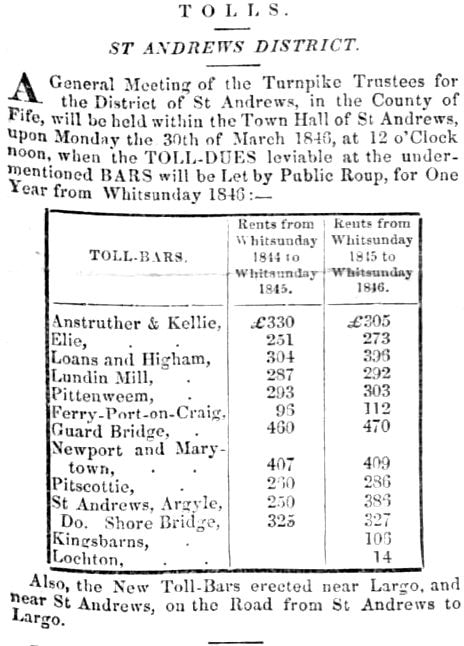
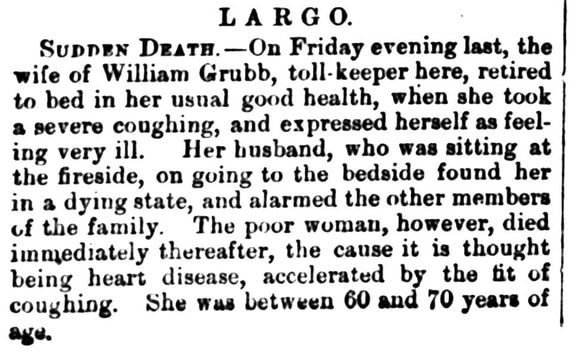


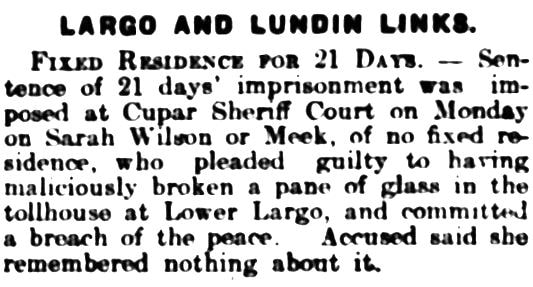
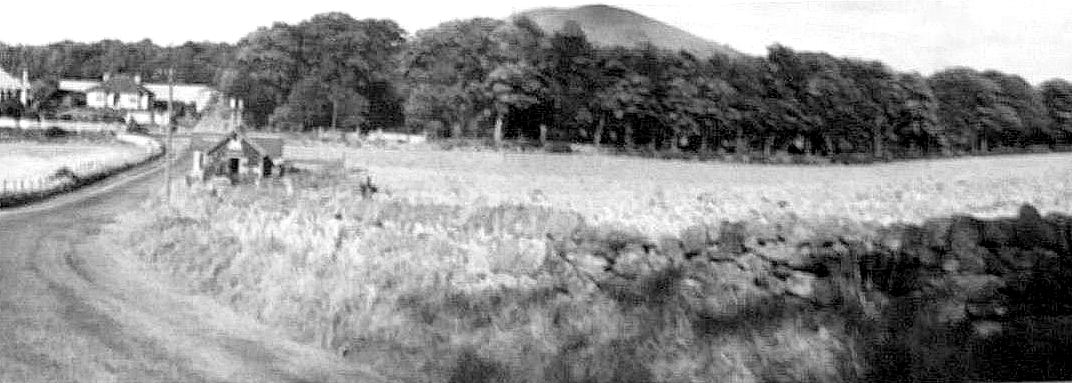
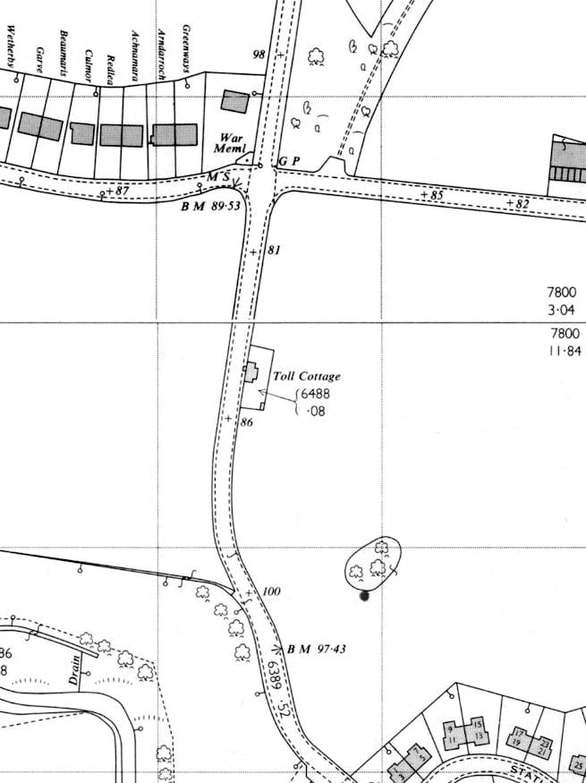
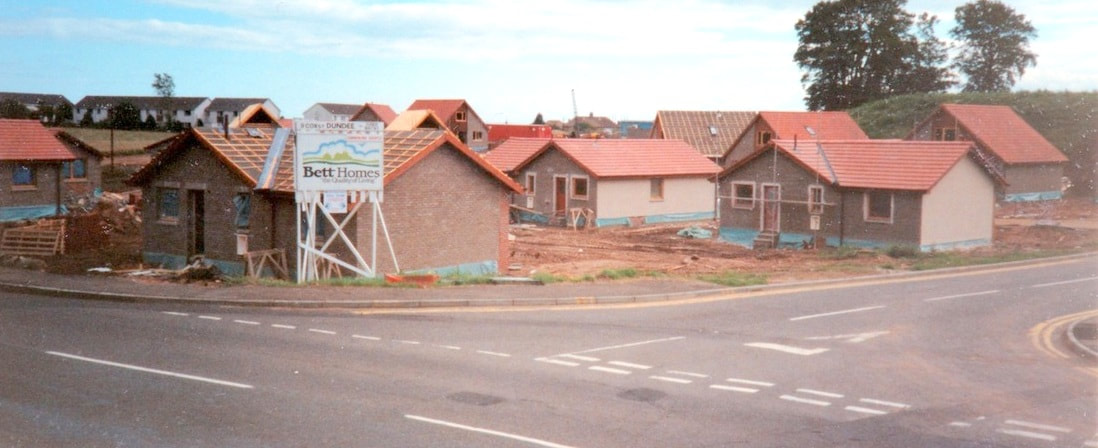
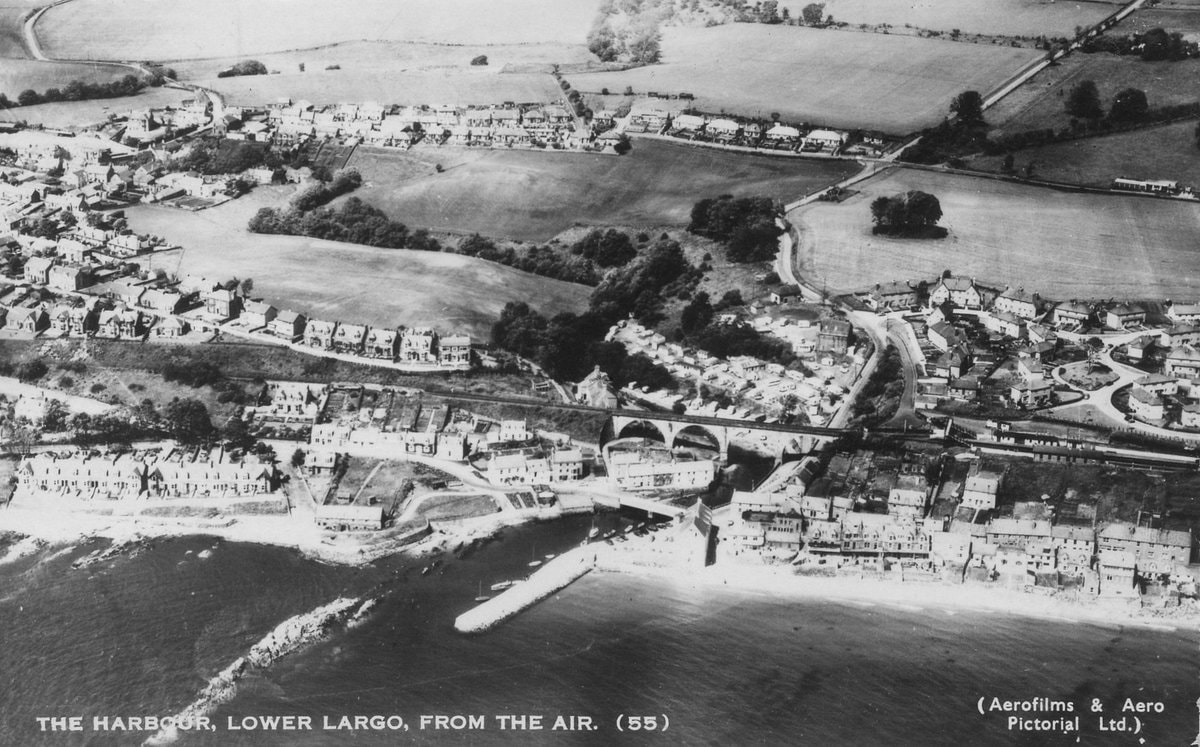
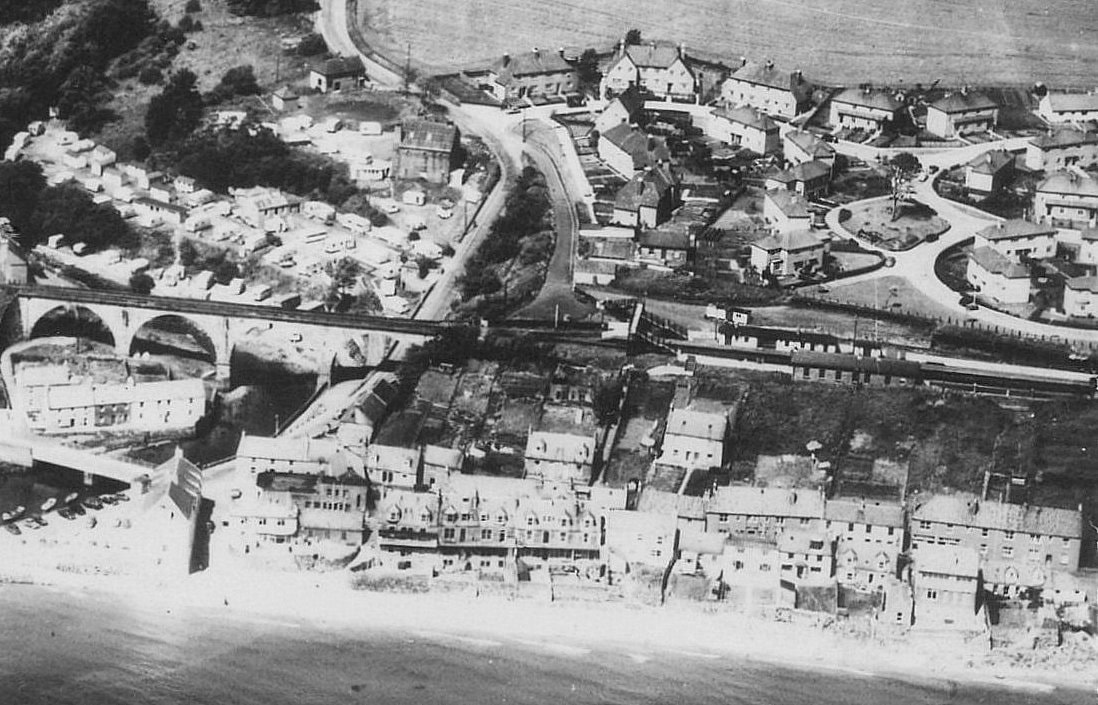
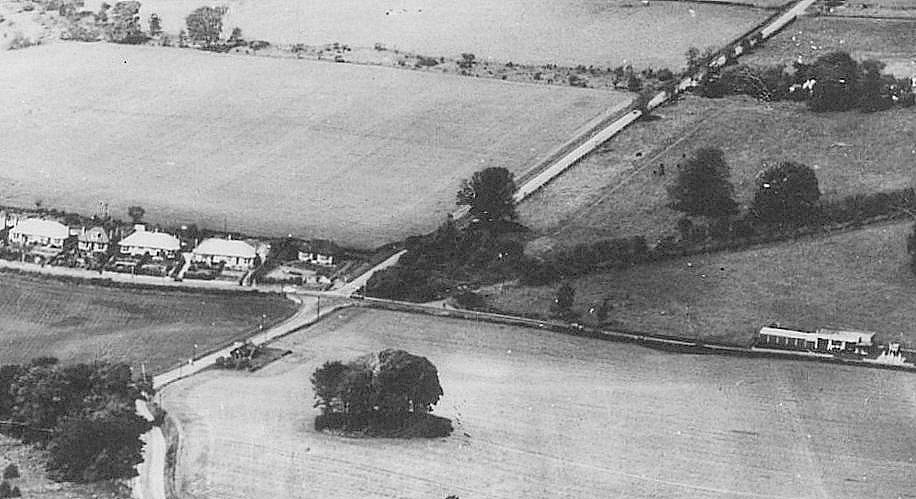
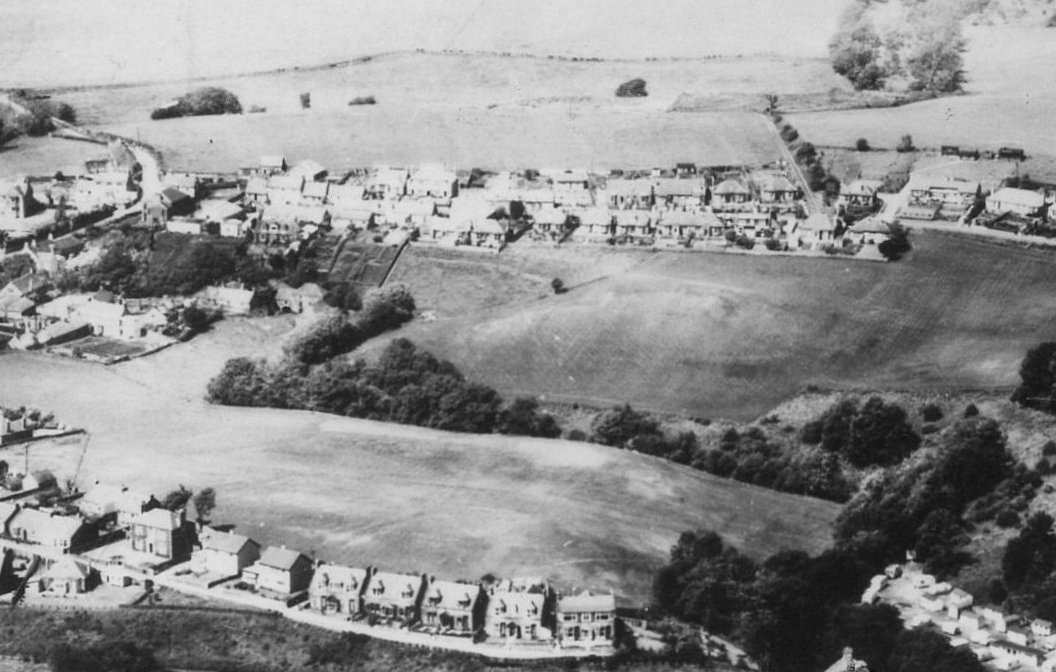
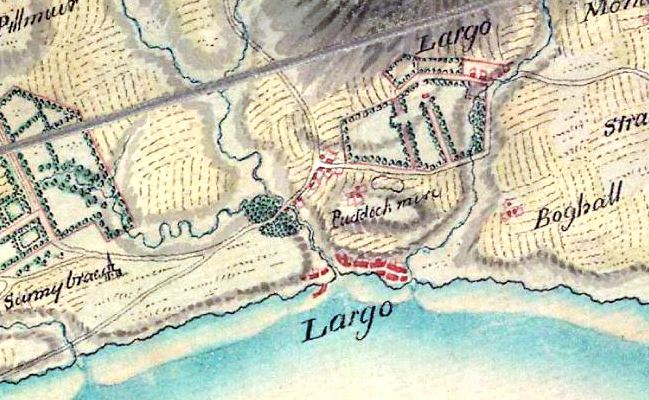
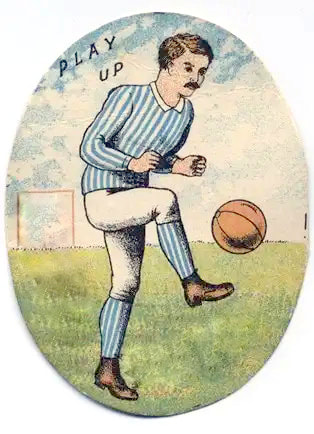
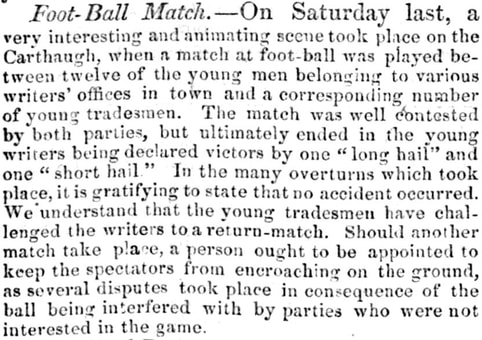
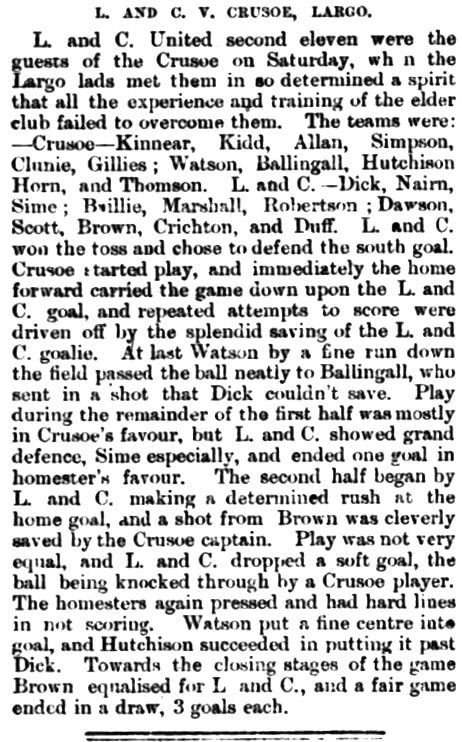
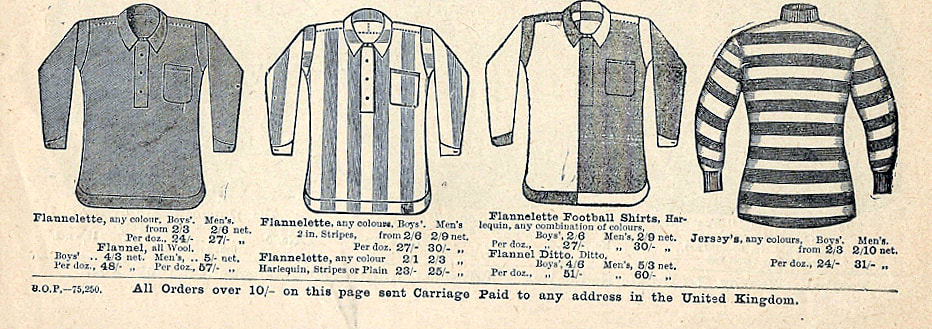
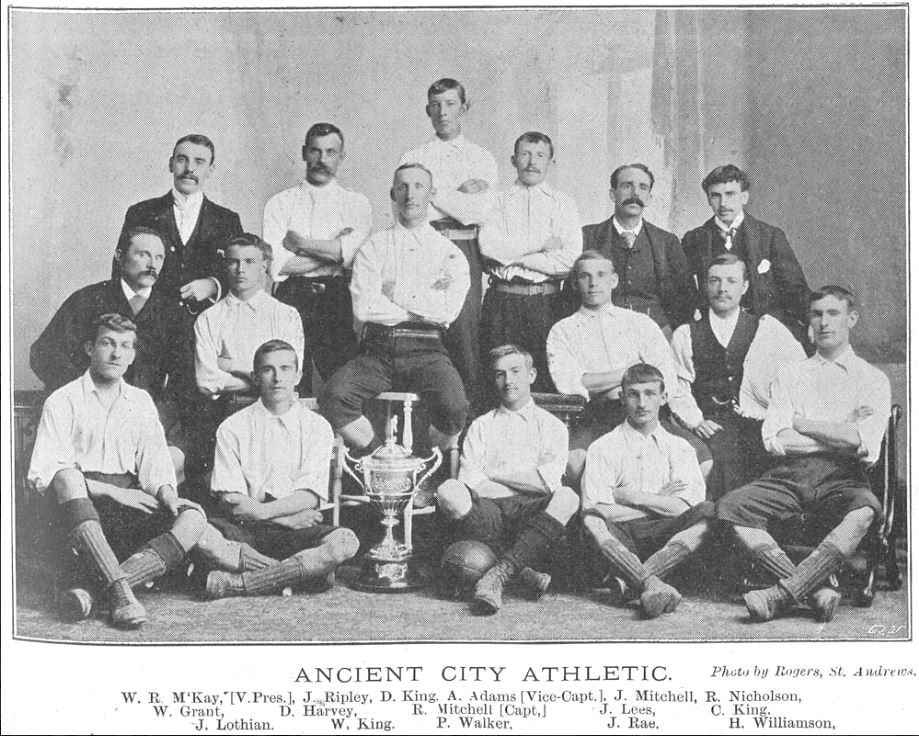
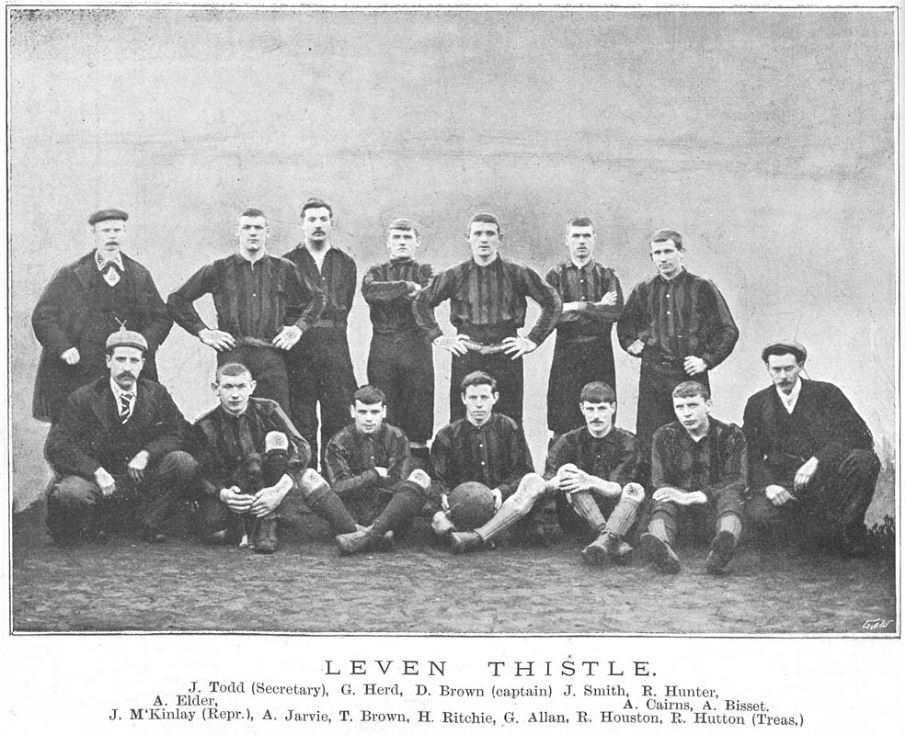

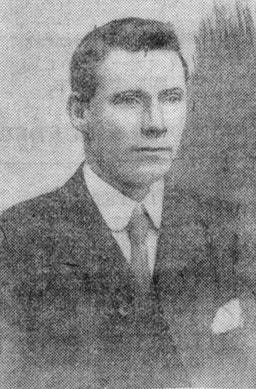
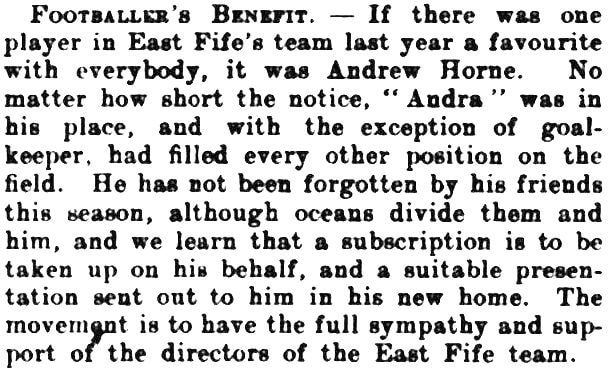
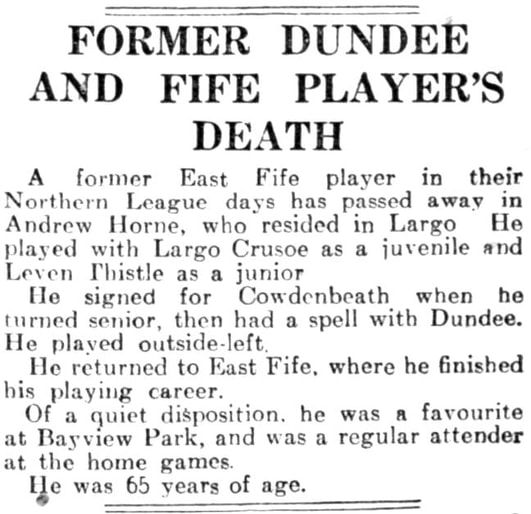
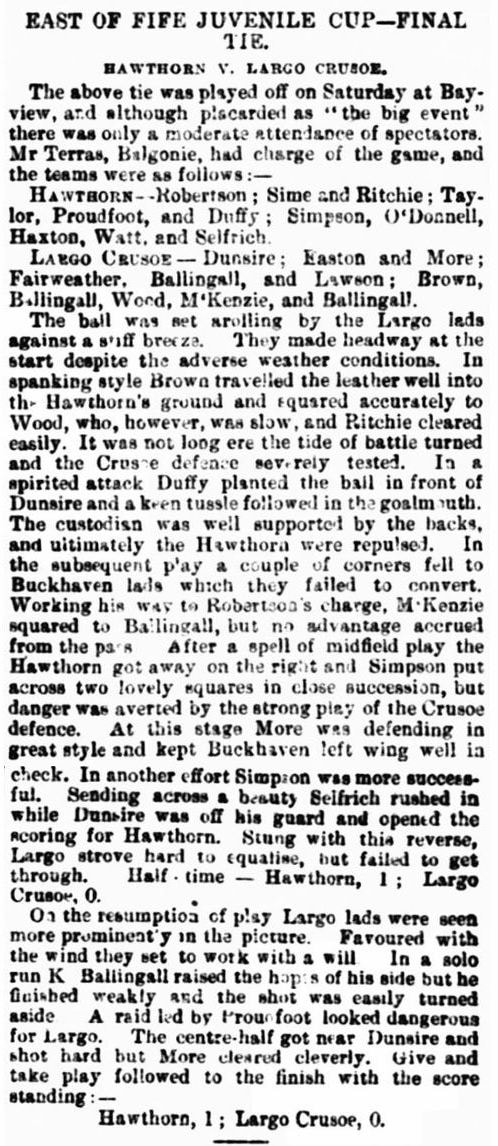
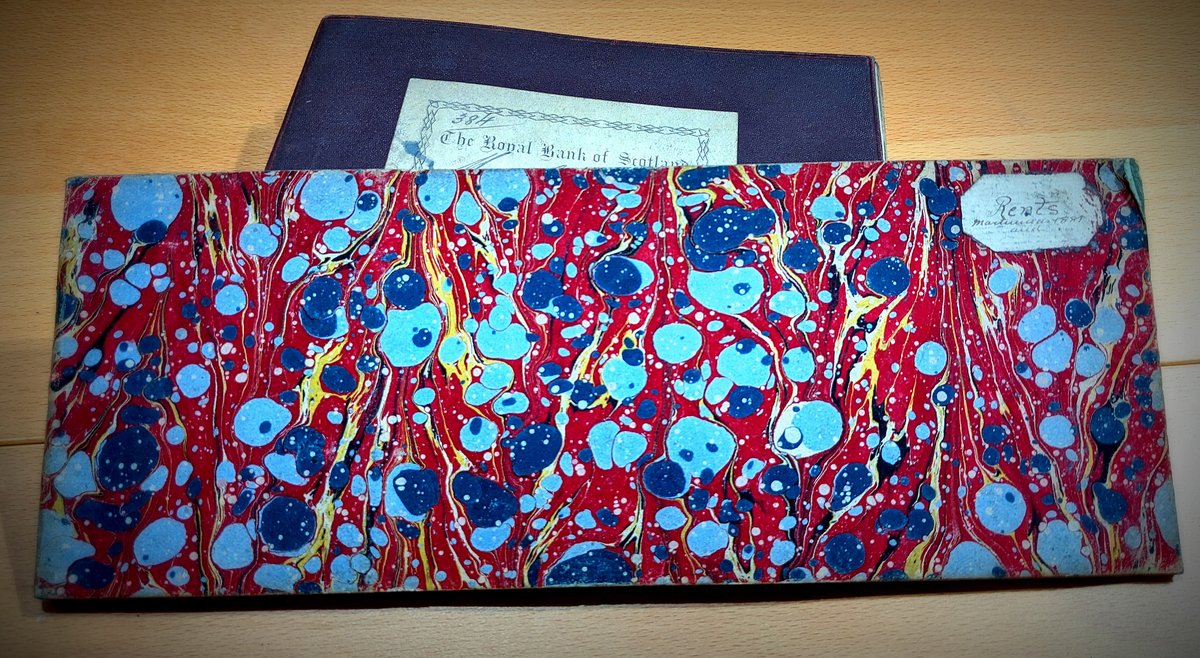
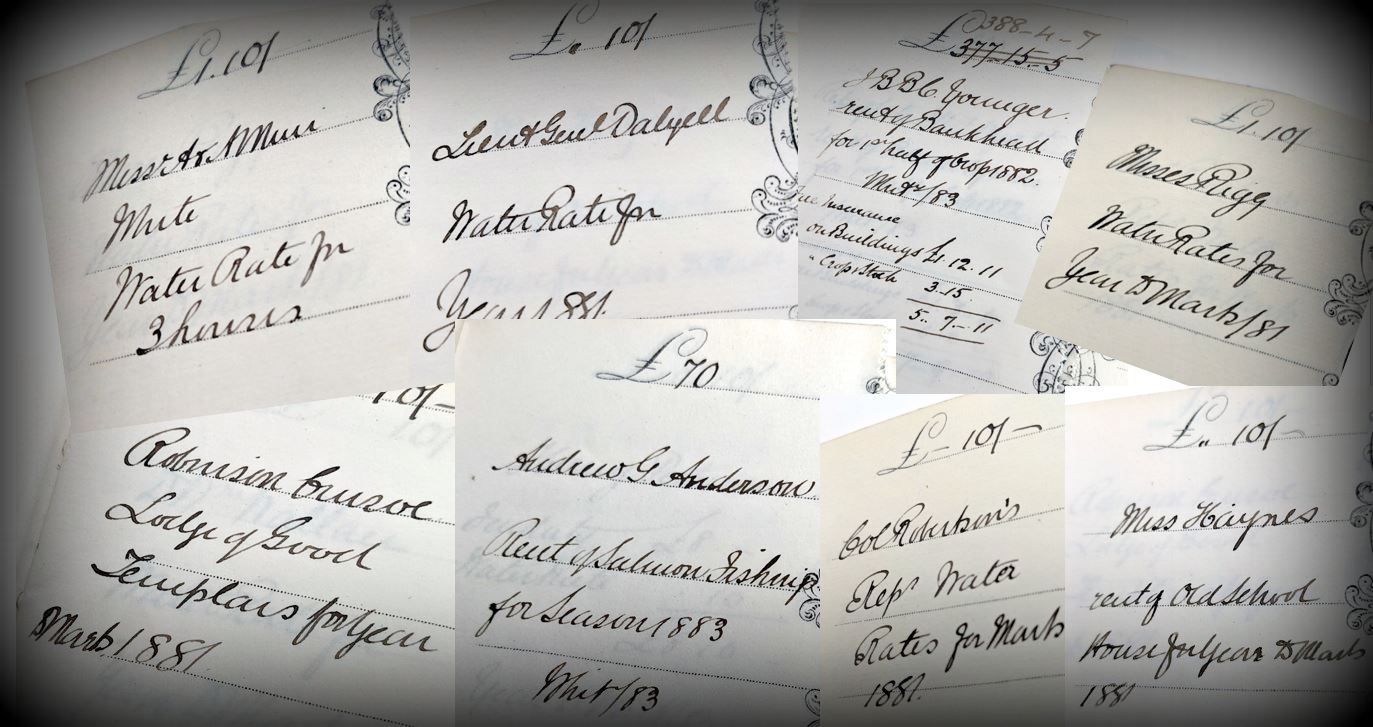
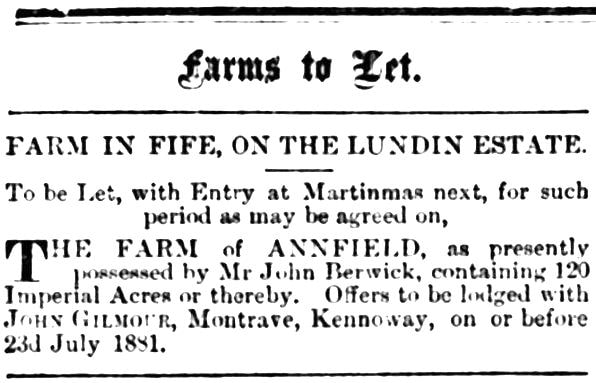
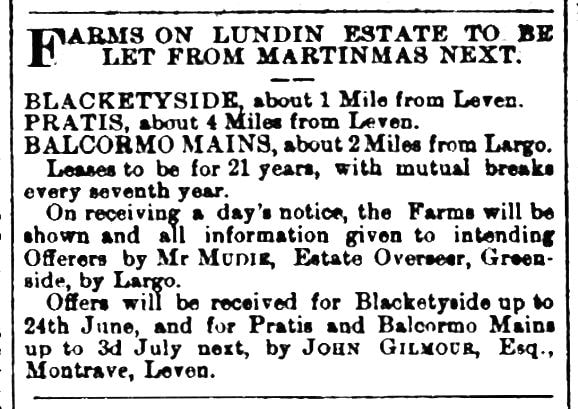
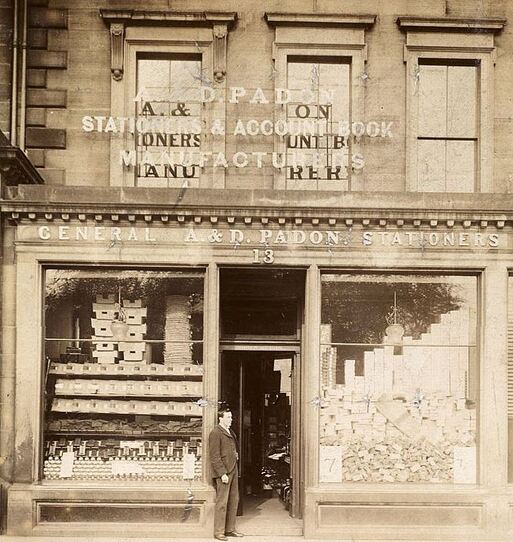
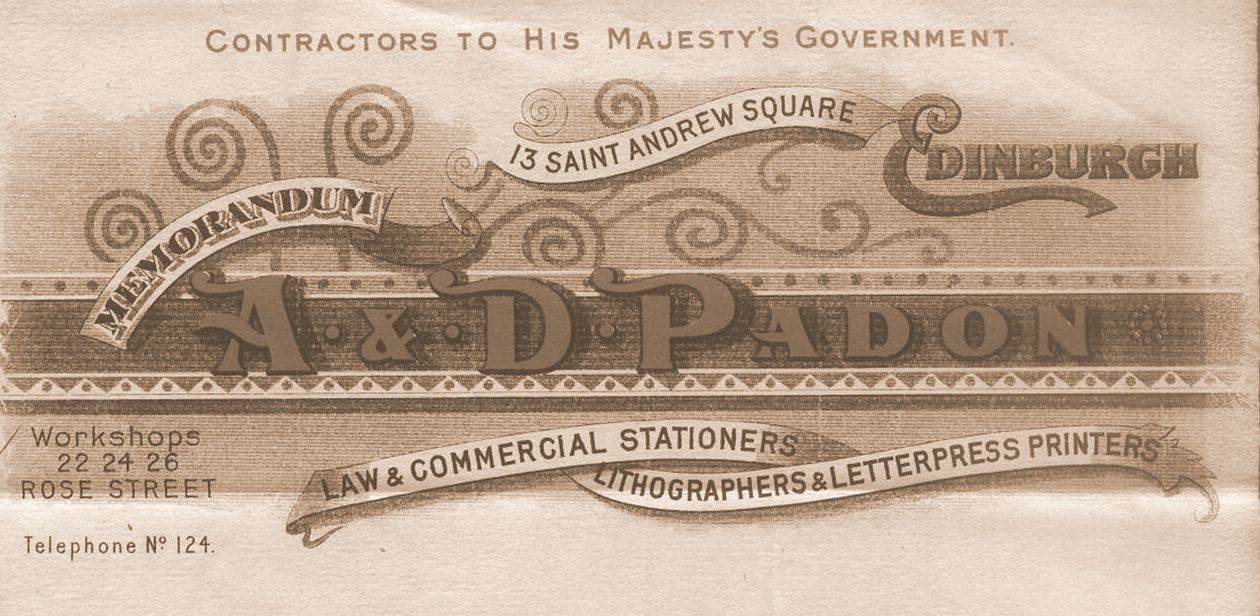
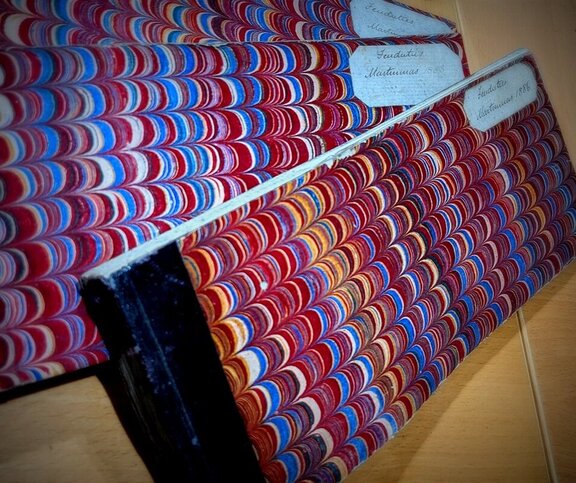
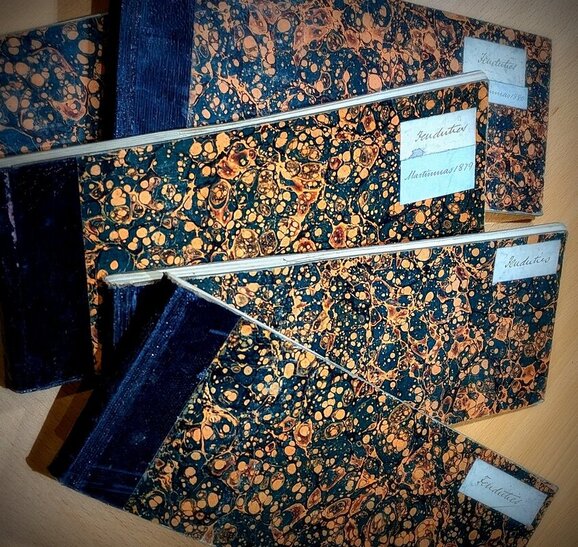
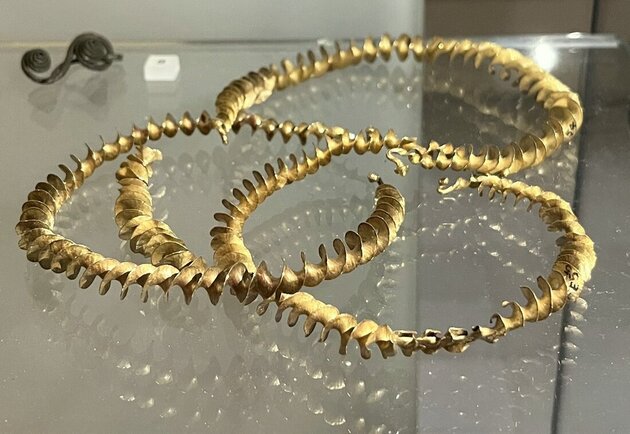
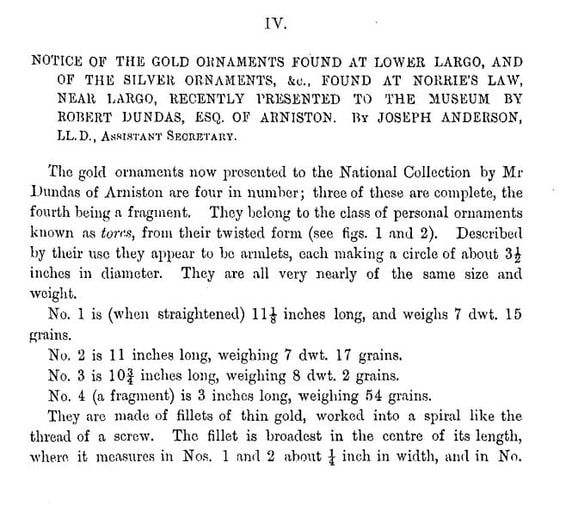
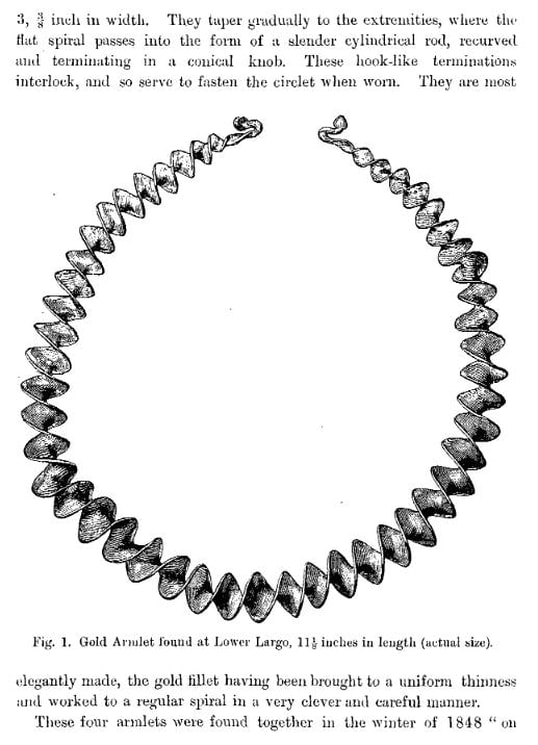
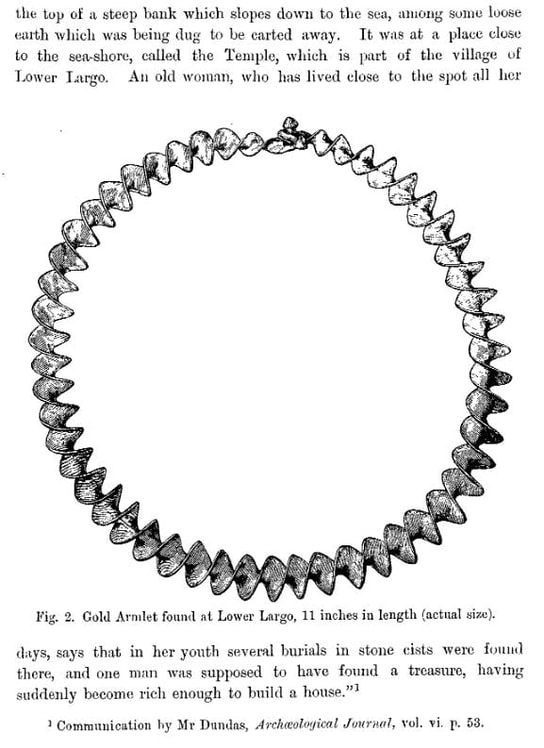
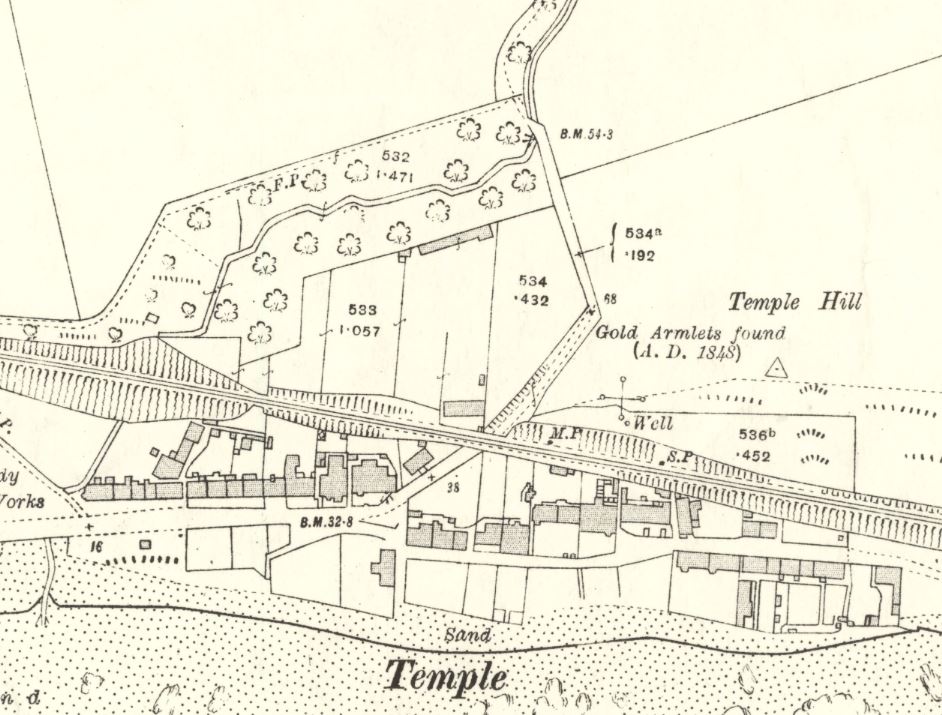

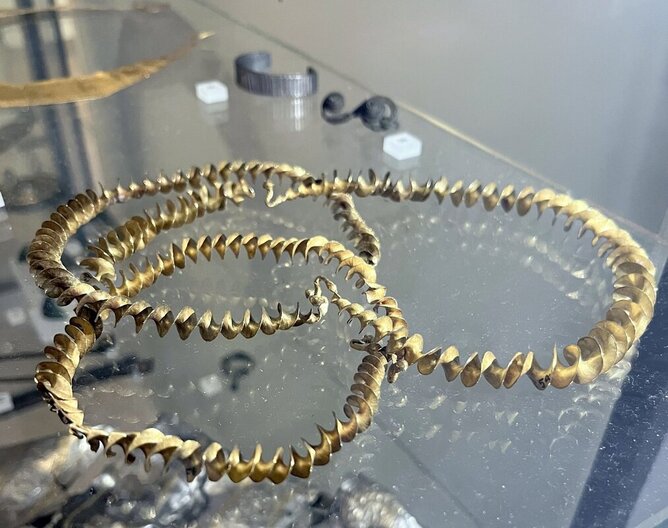
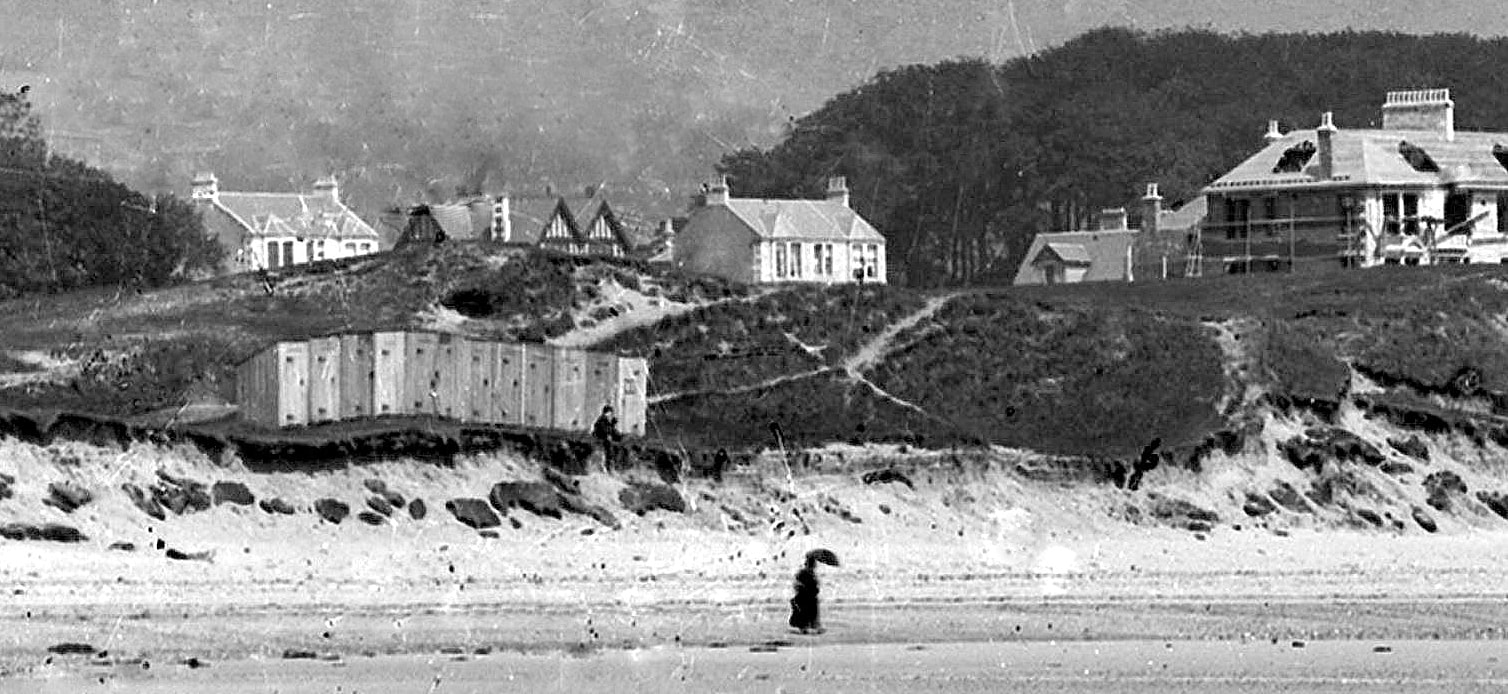

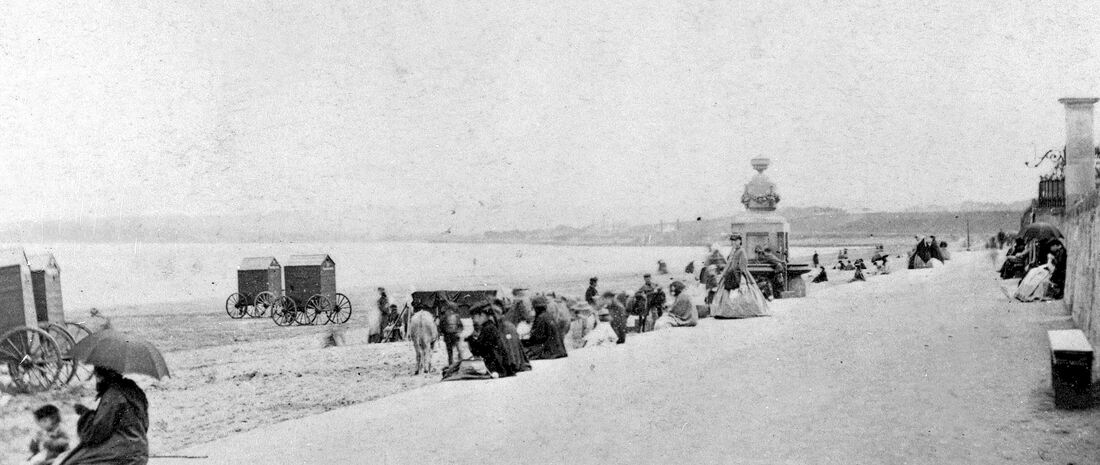
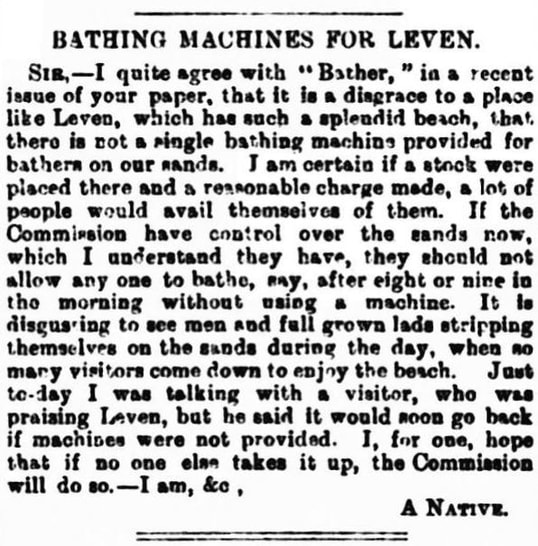
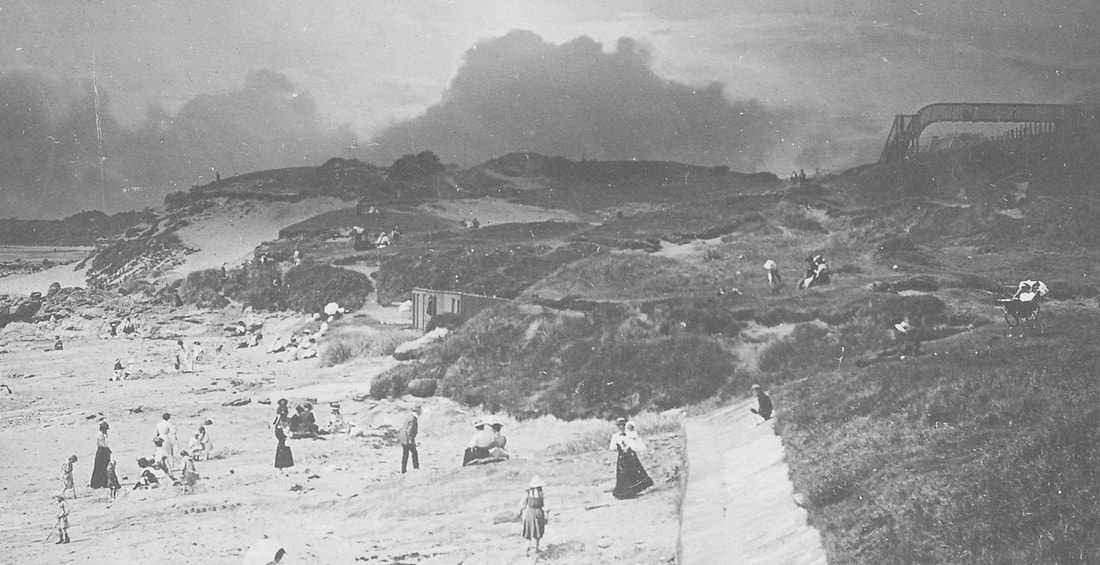
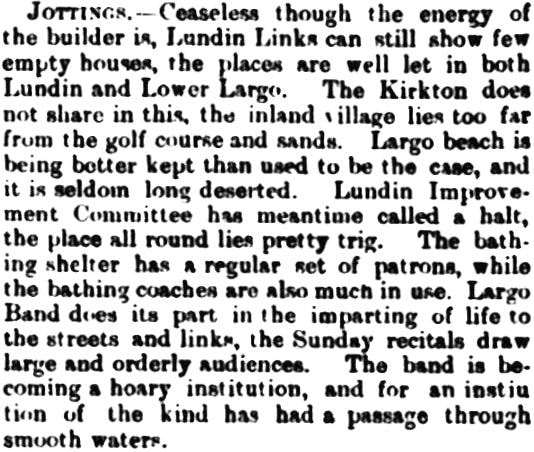

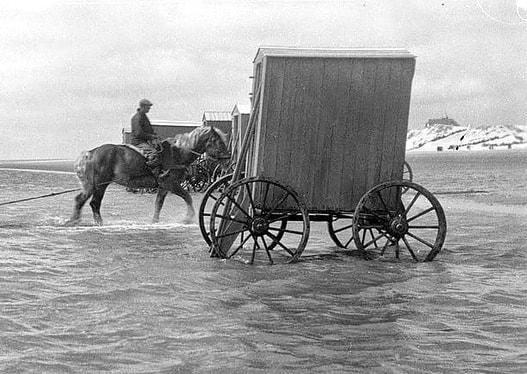
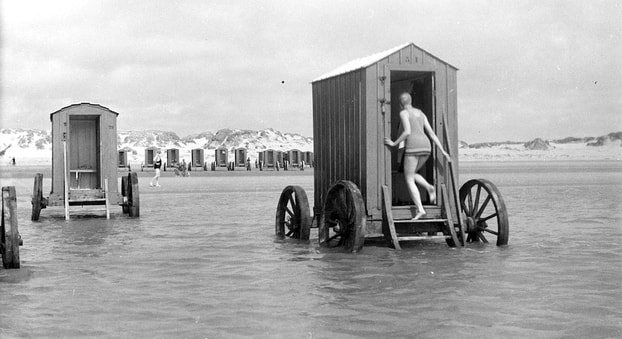
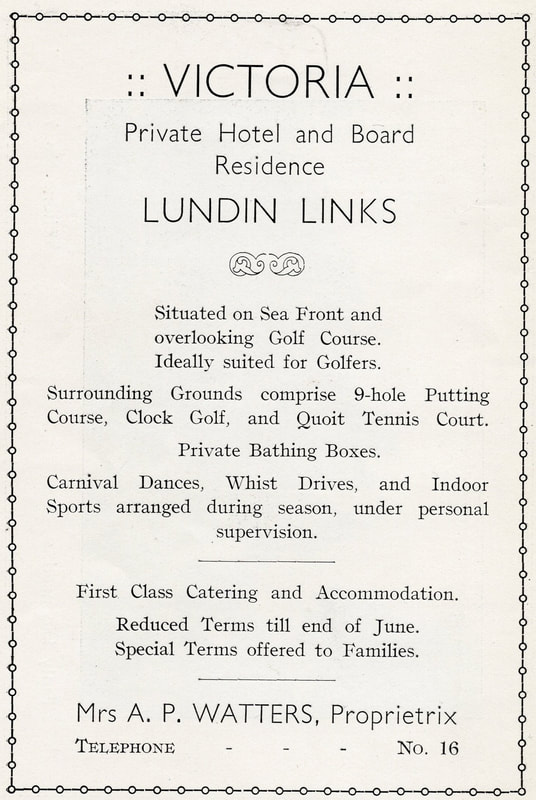
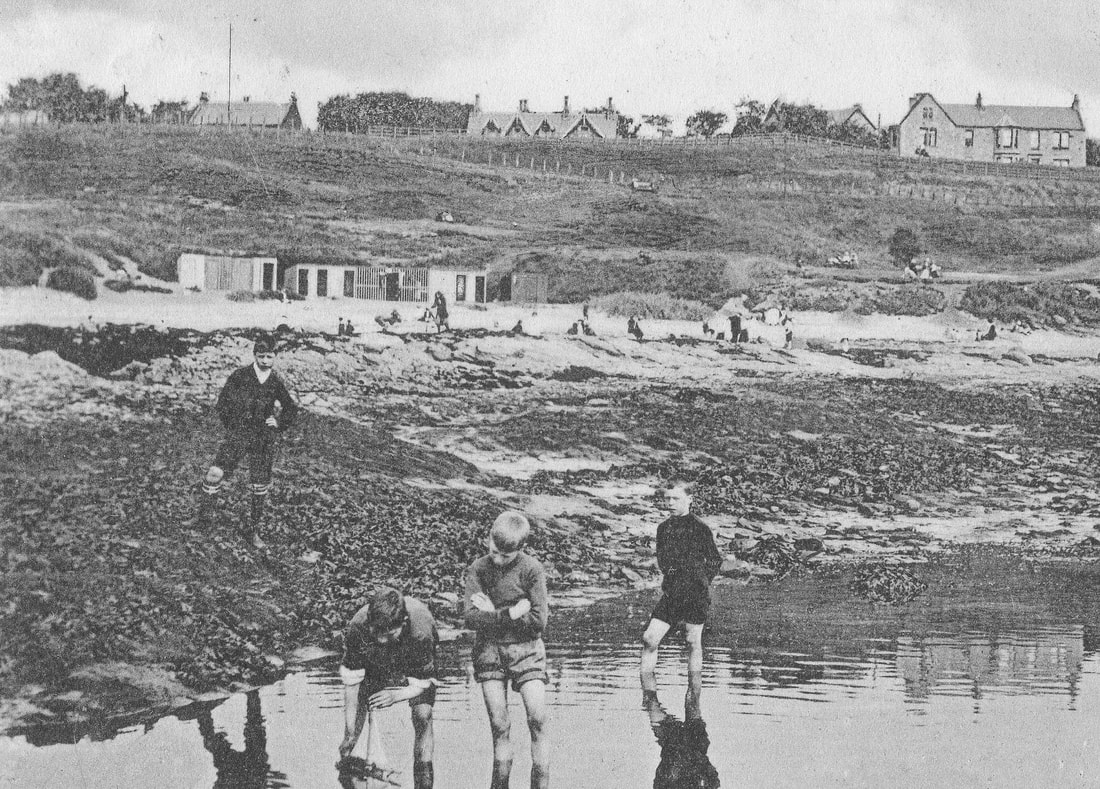
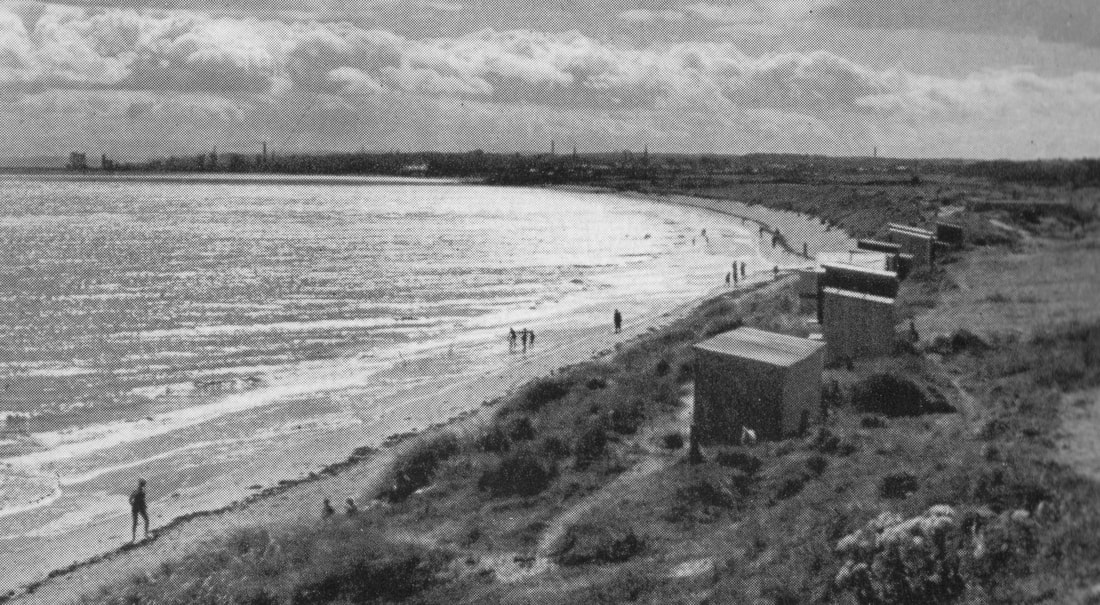
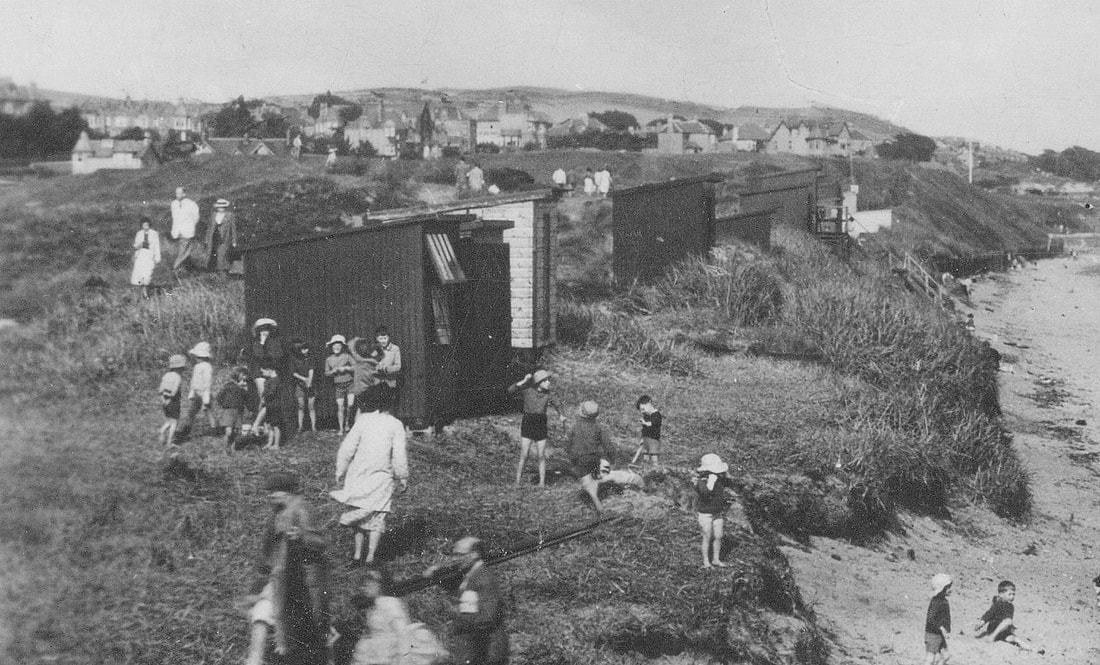
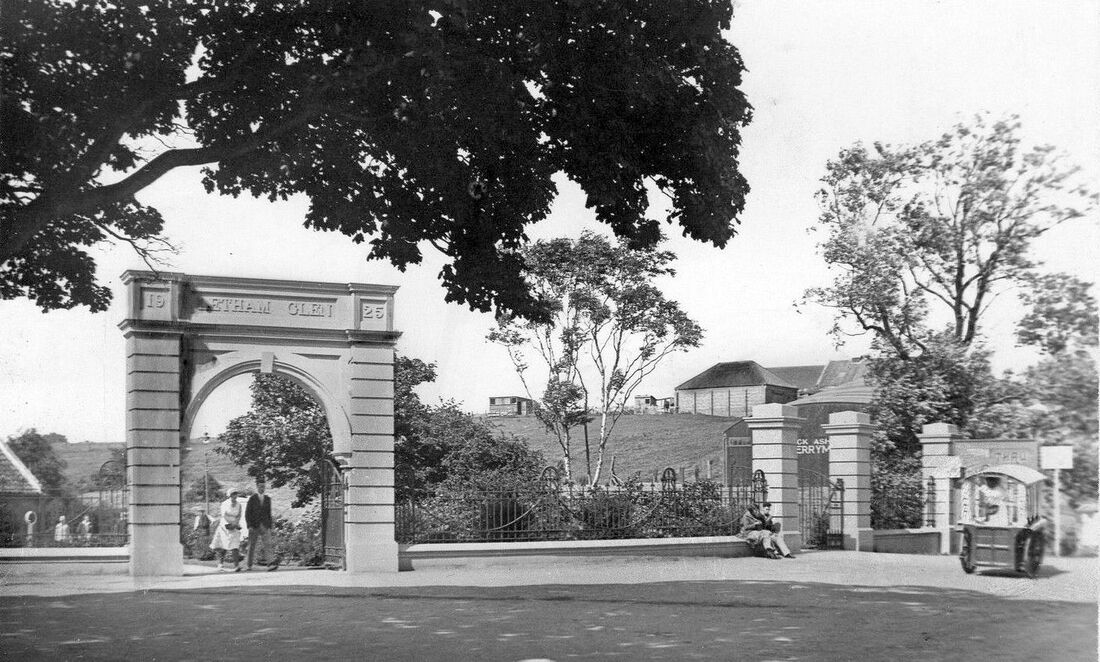

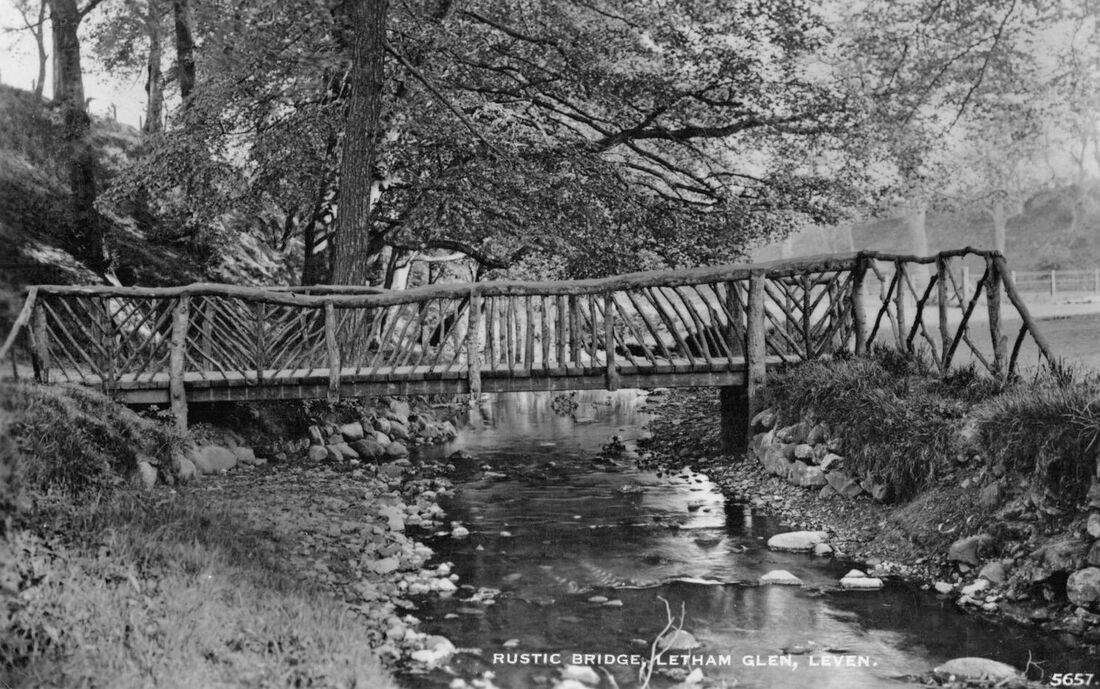
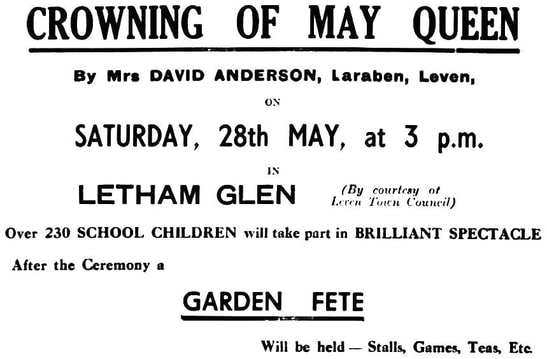
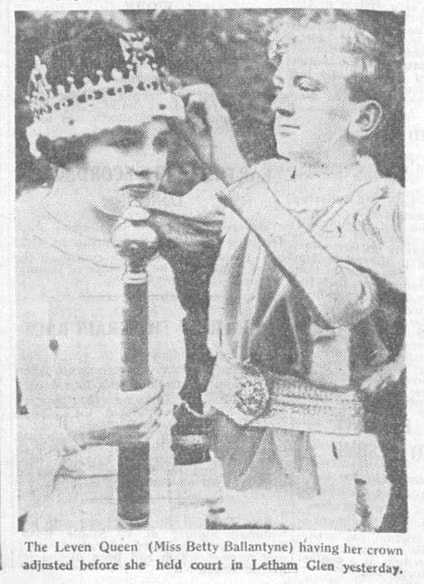
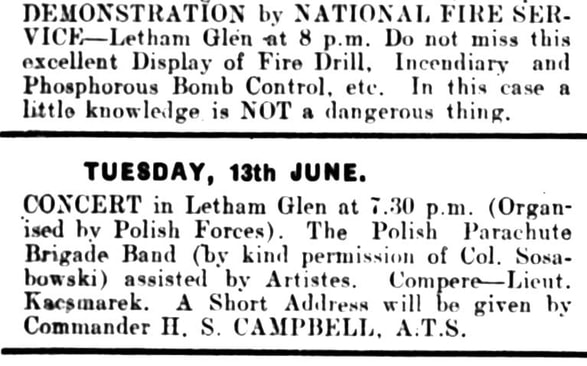
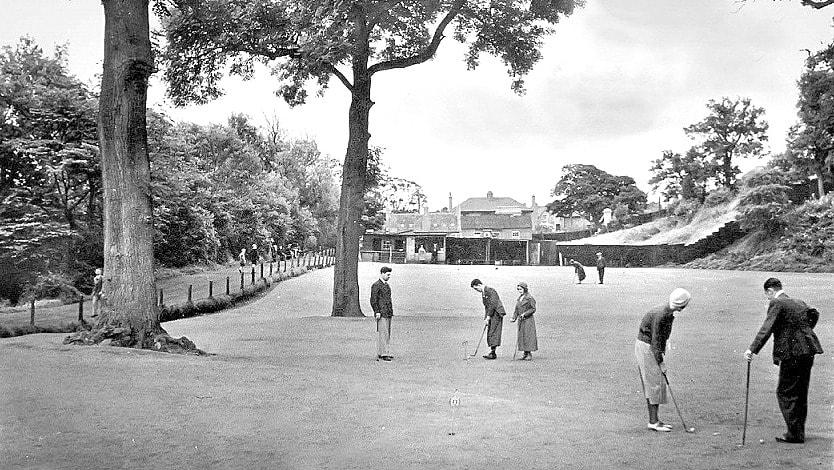
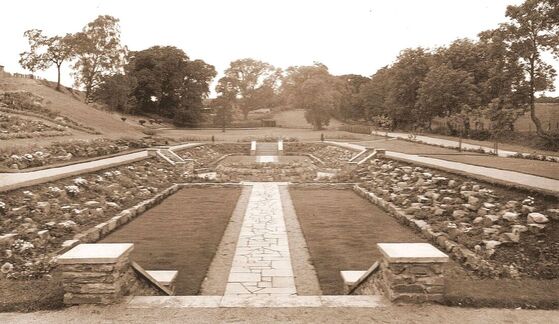
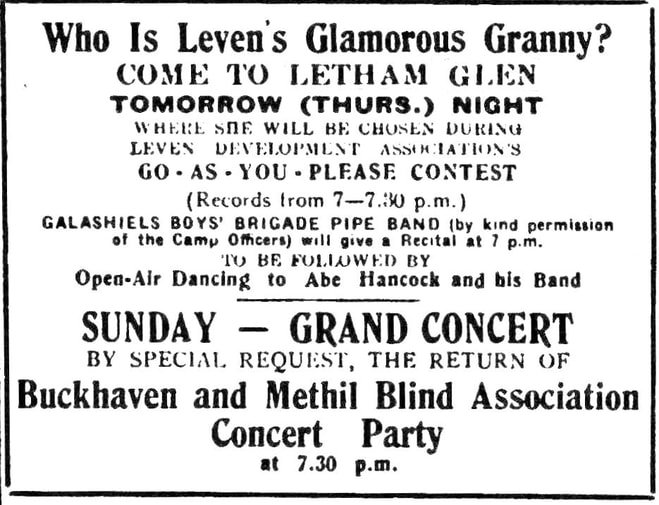
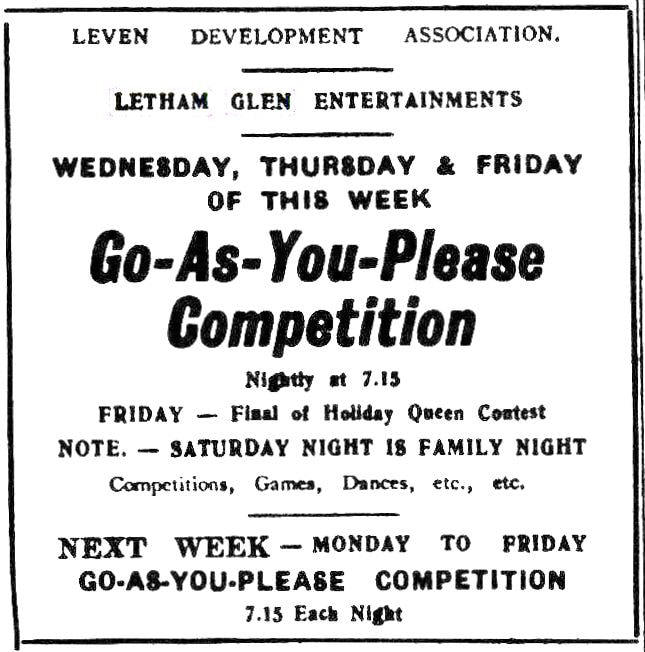
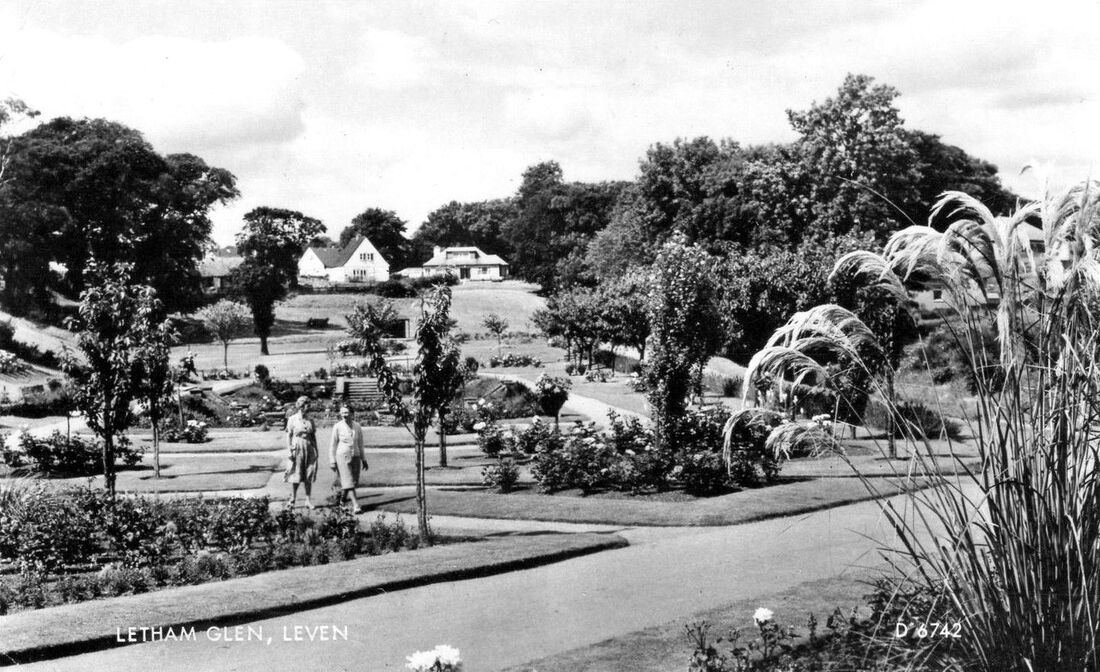
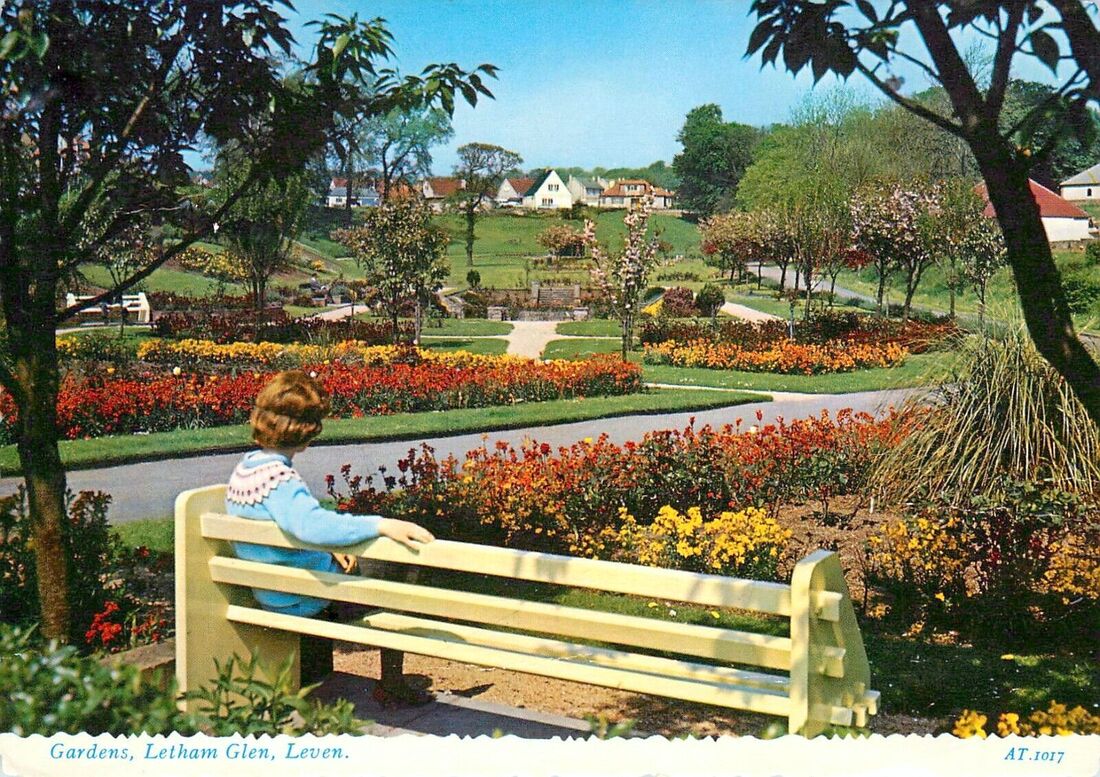
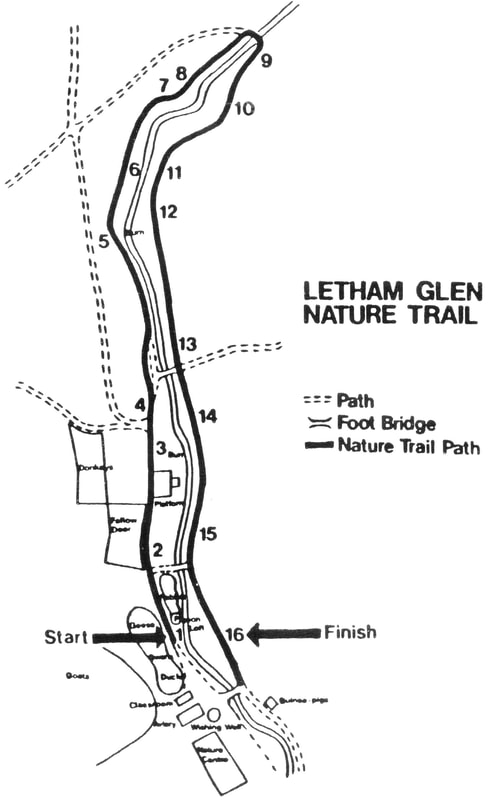
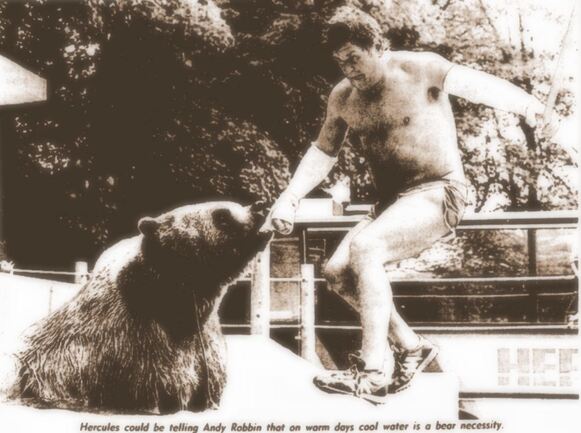
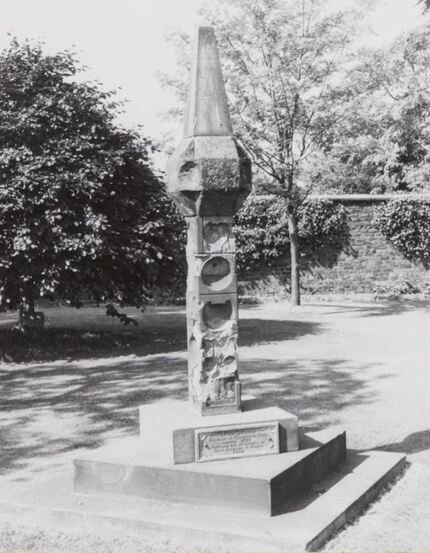
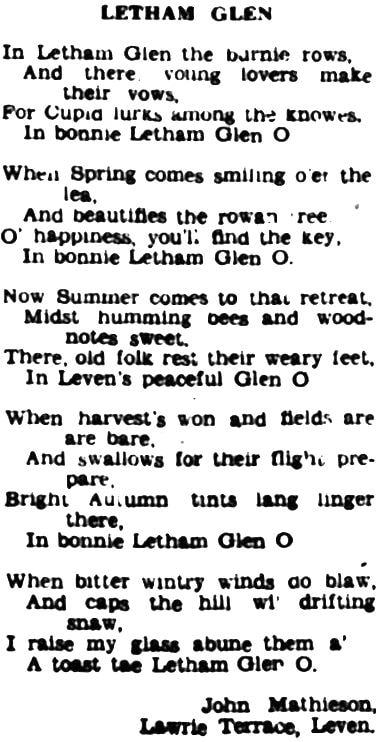
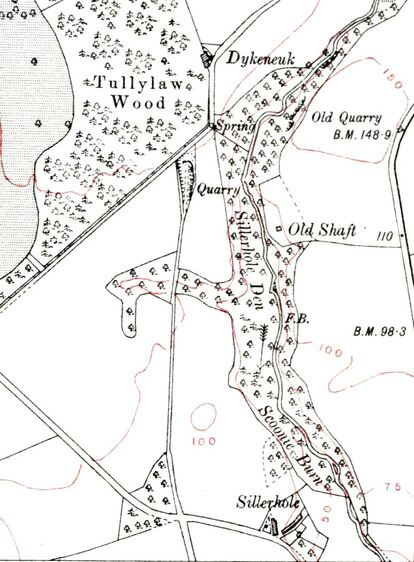
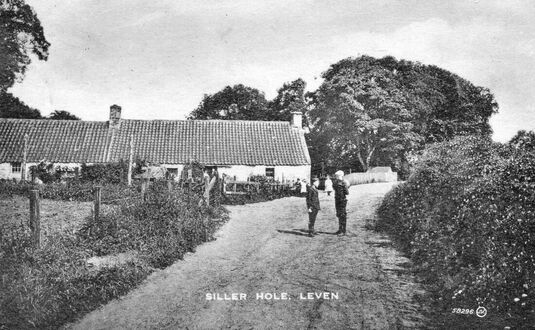
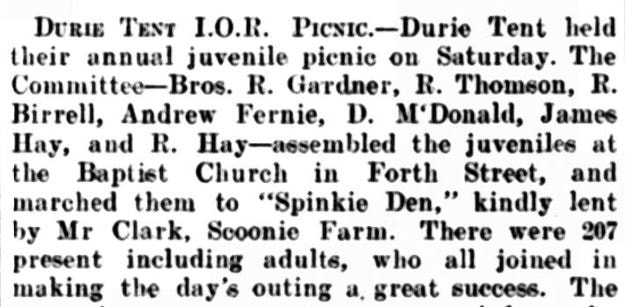

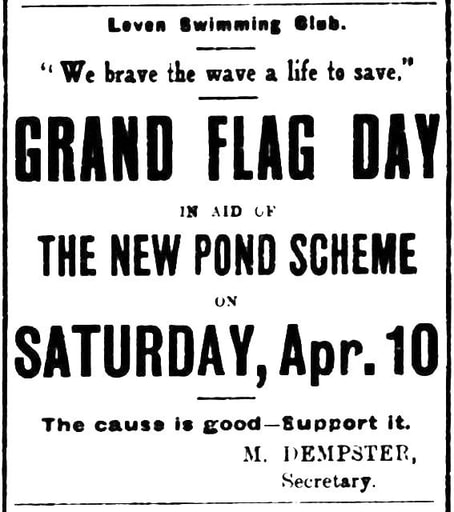
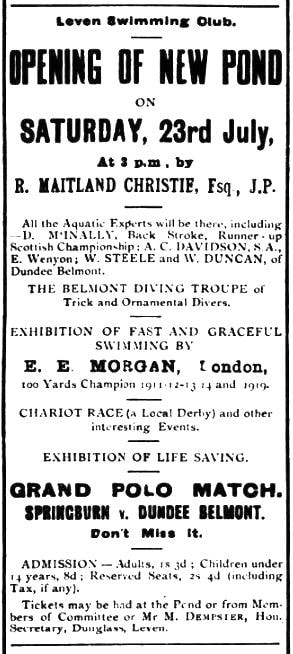
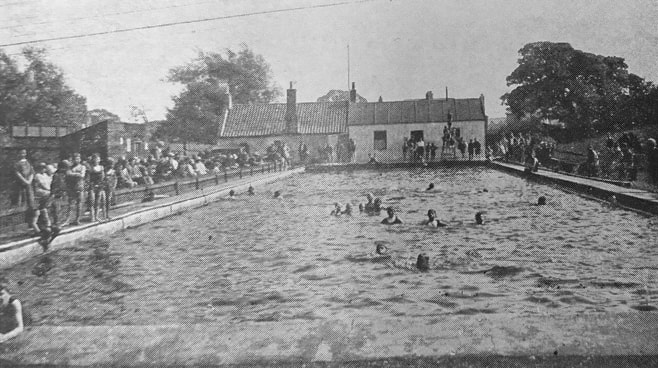
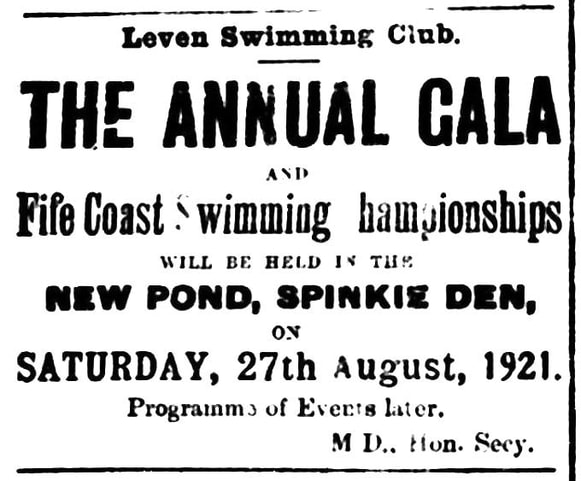
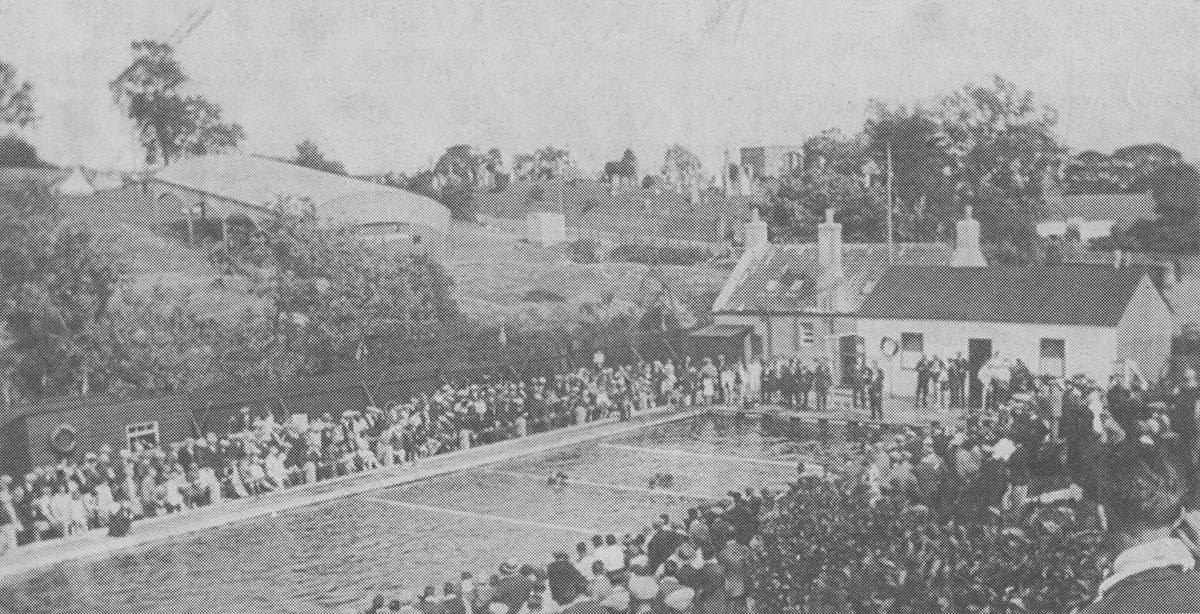
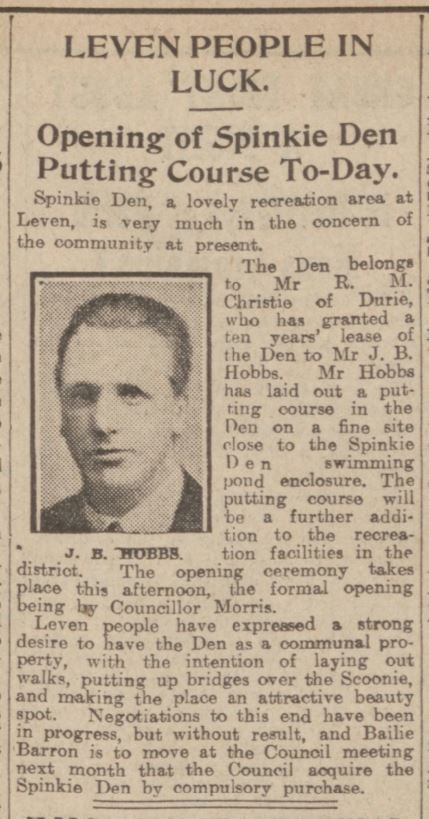
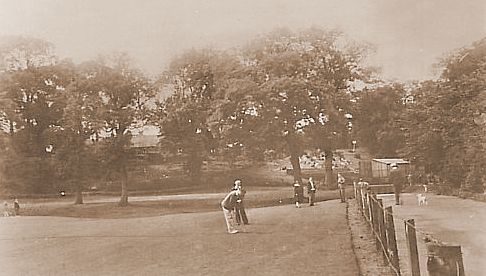
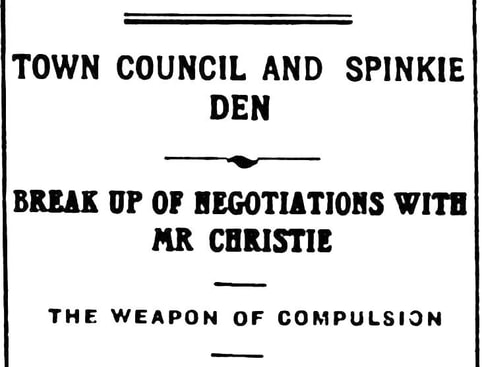
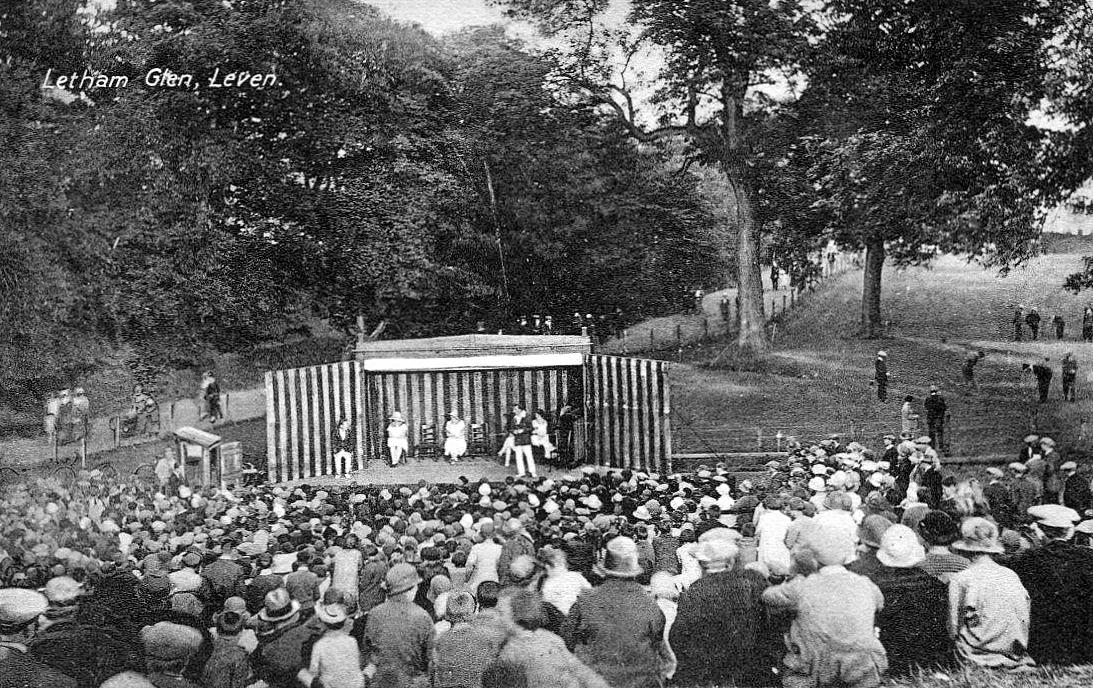
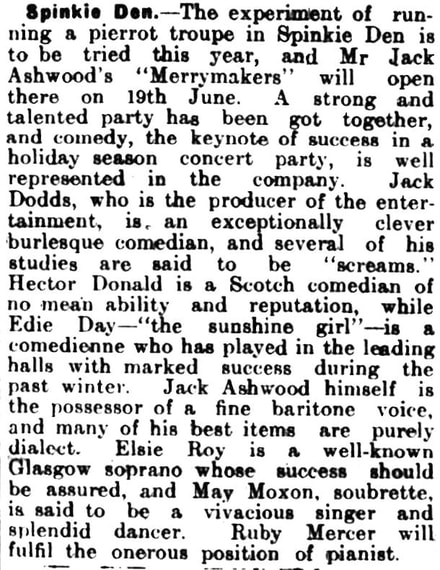
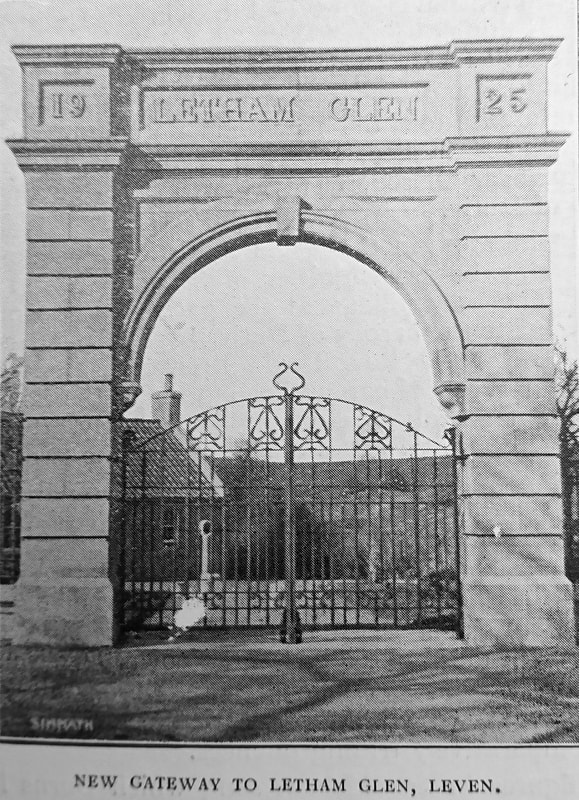

 RSS Feed
RSS Feed
